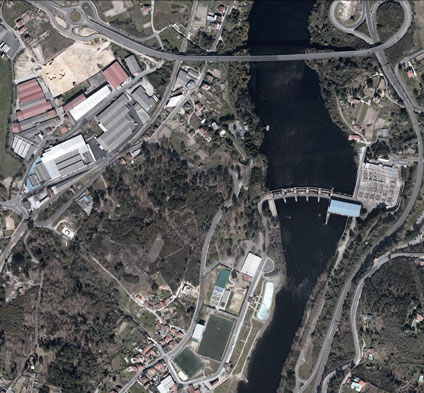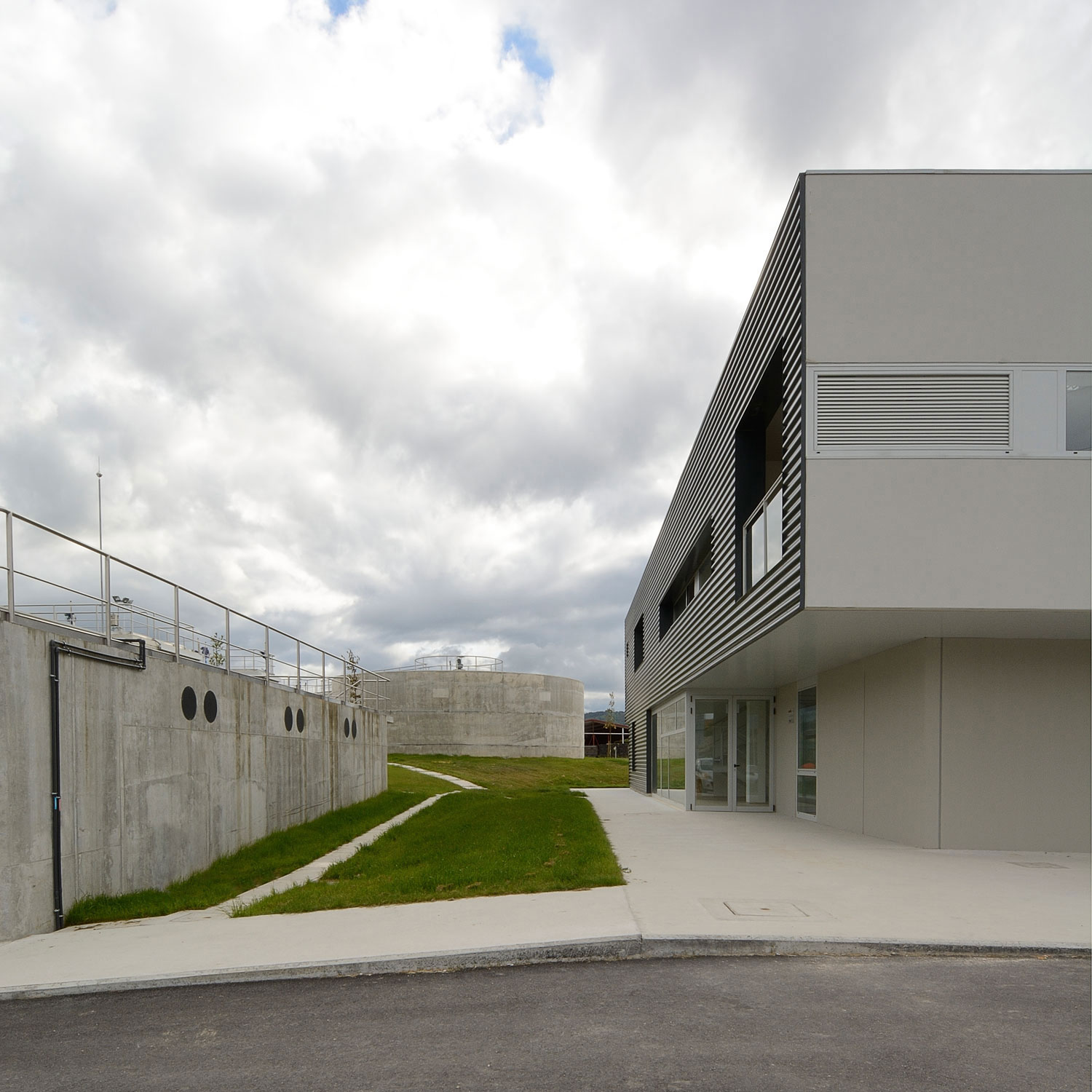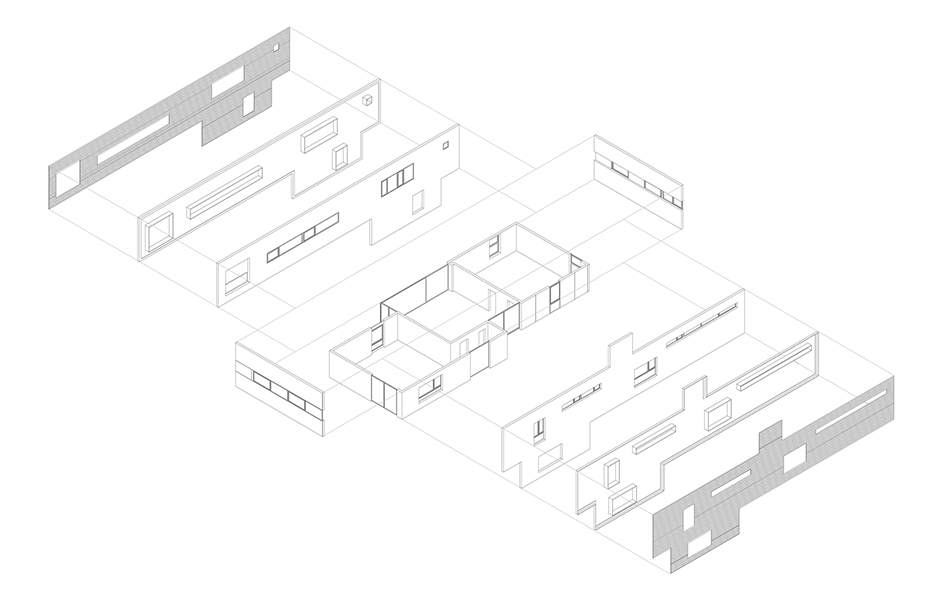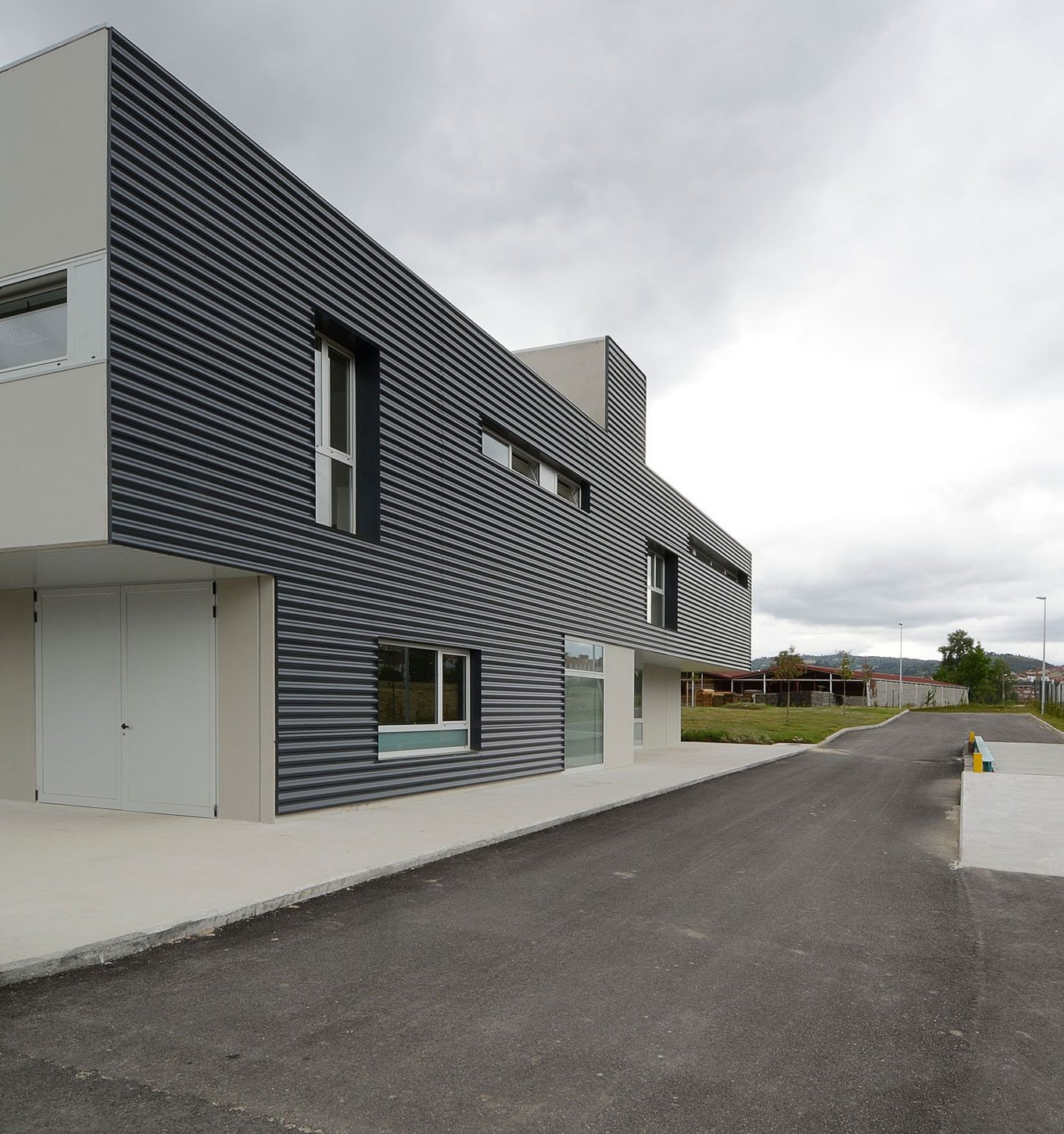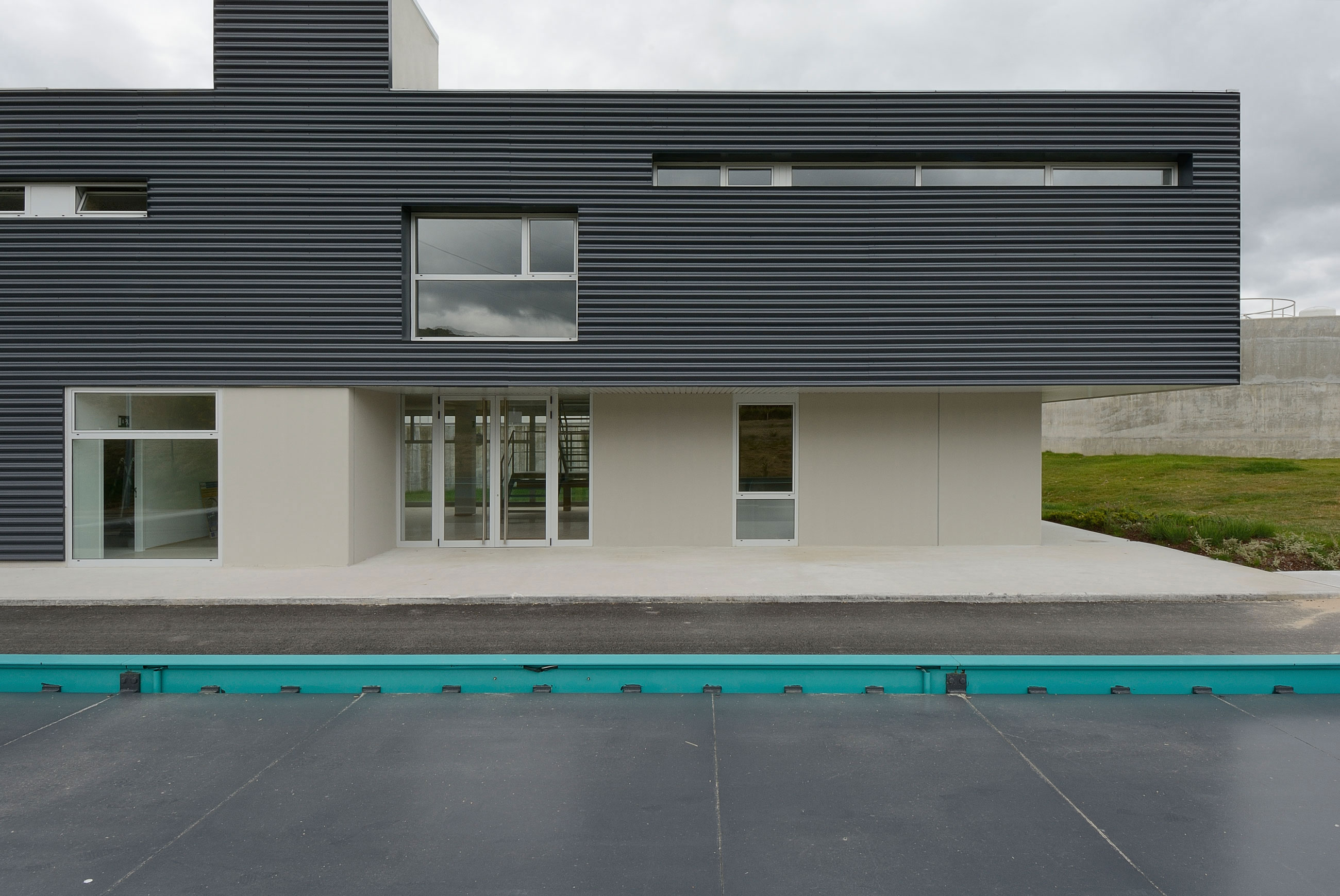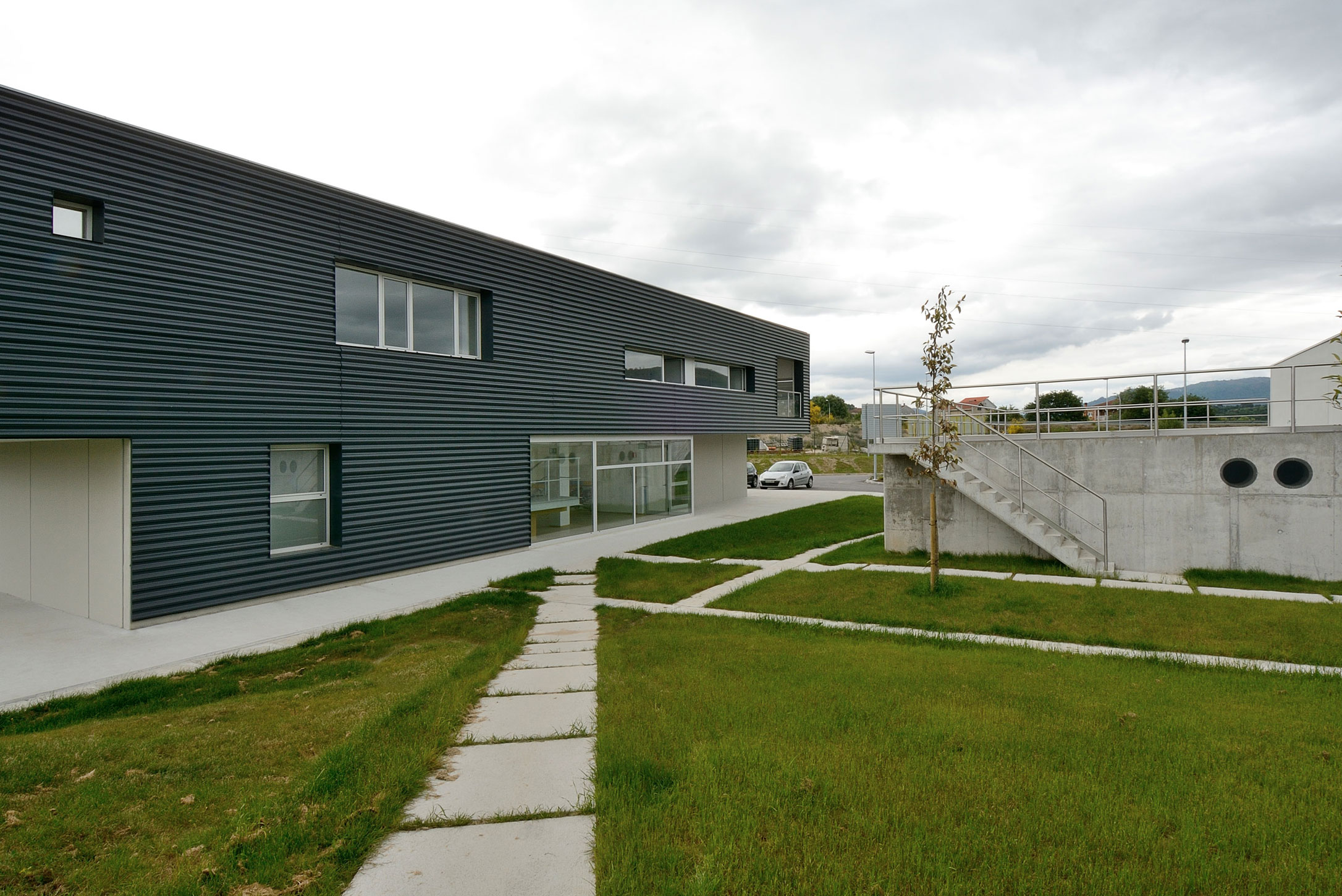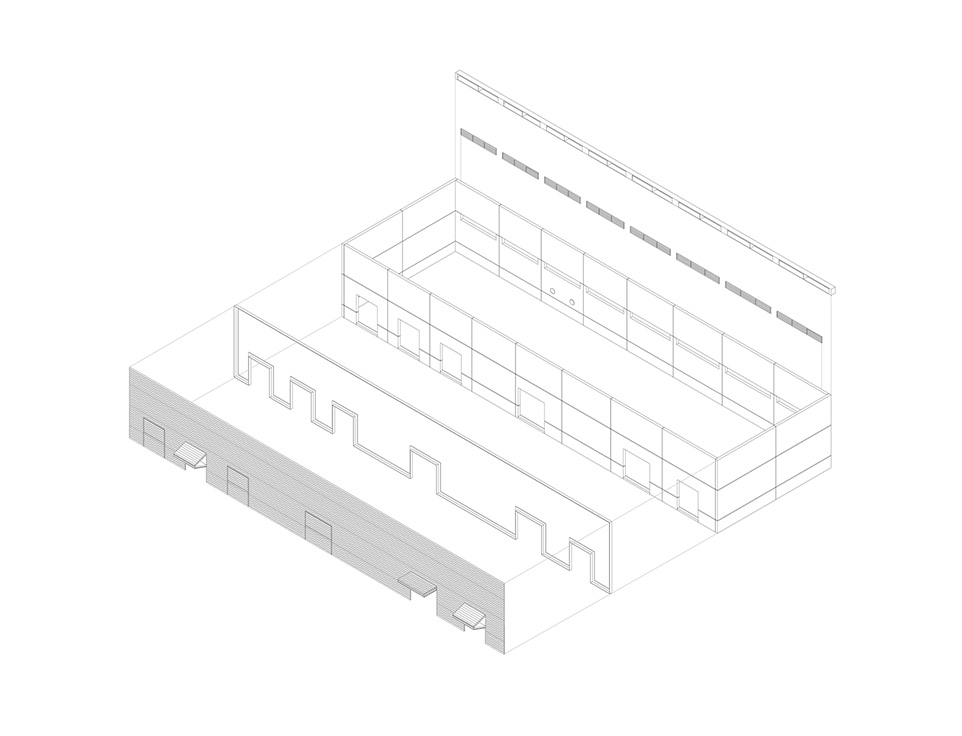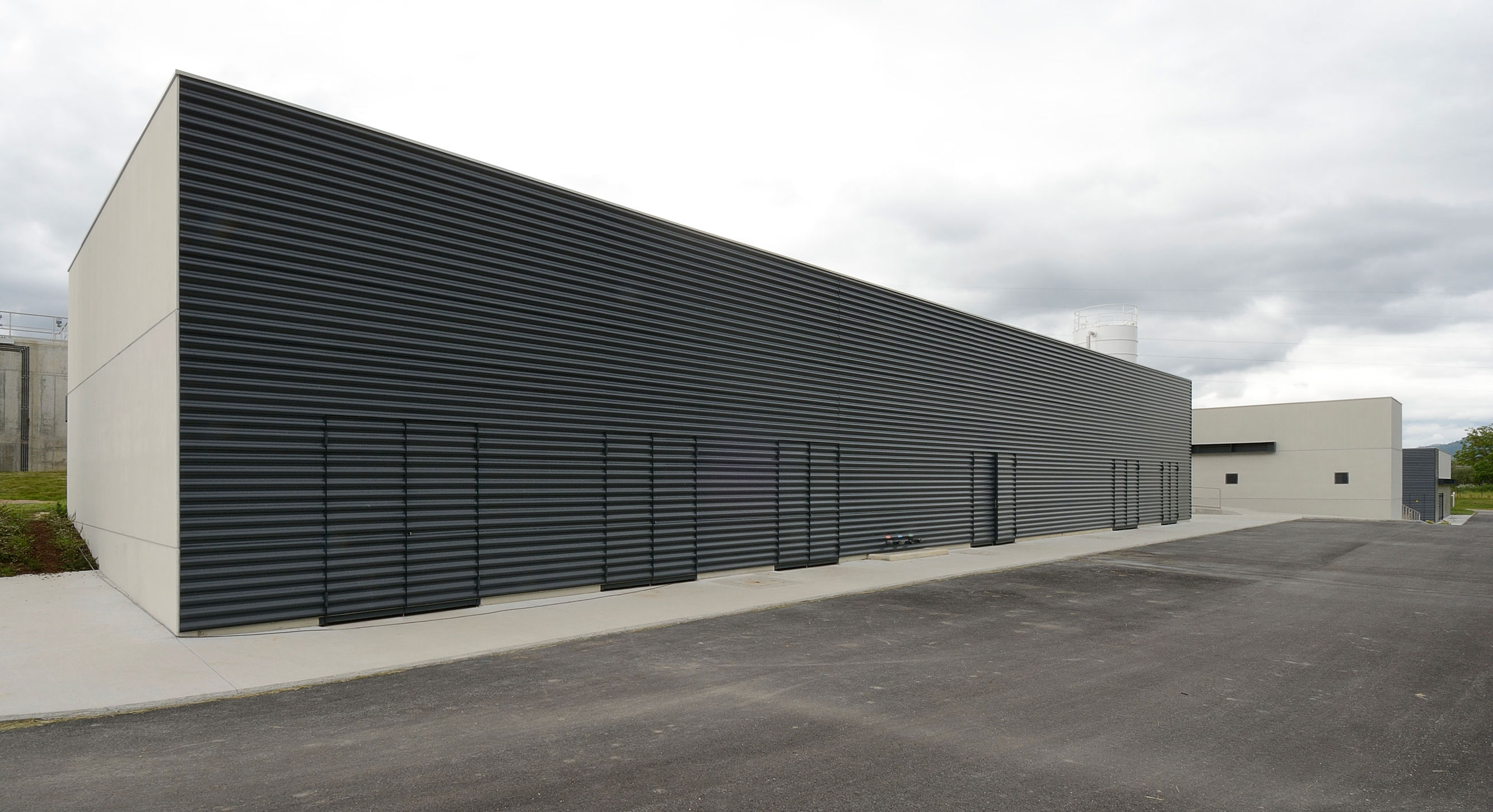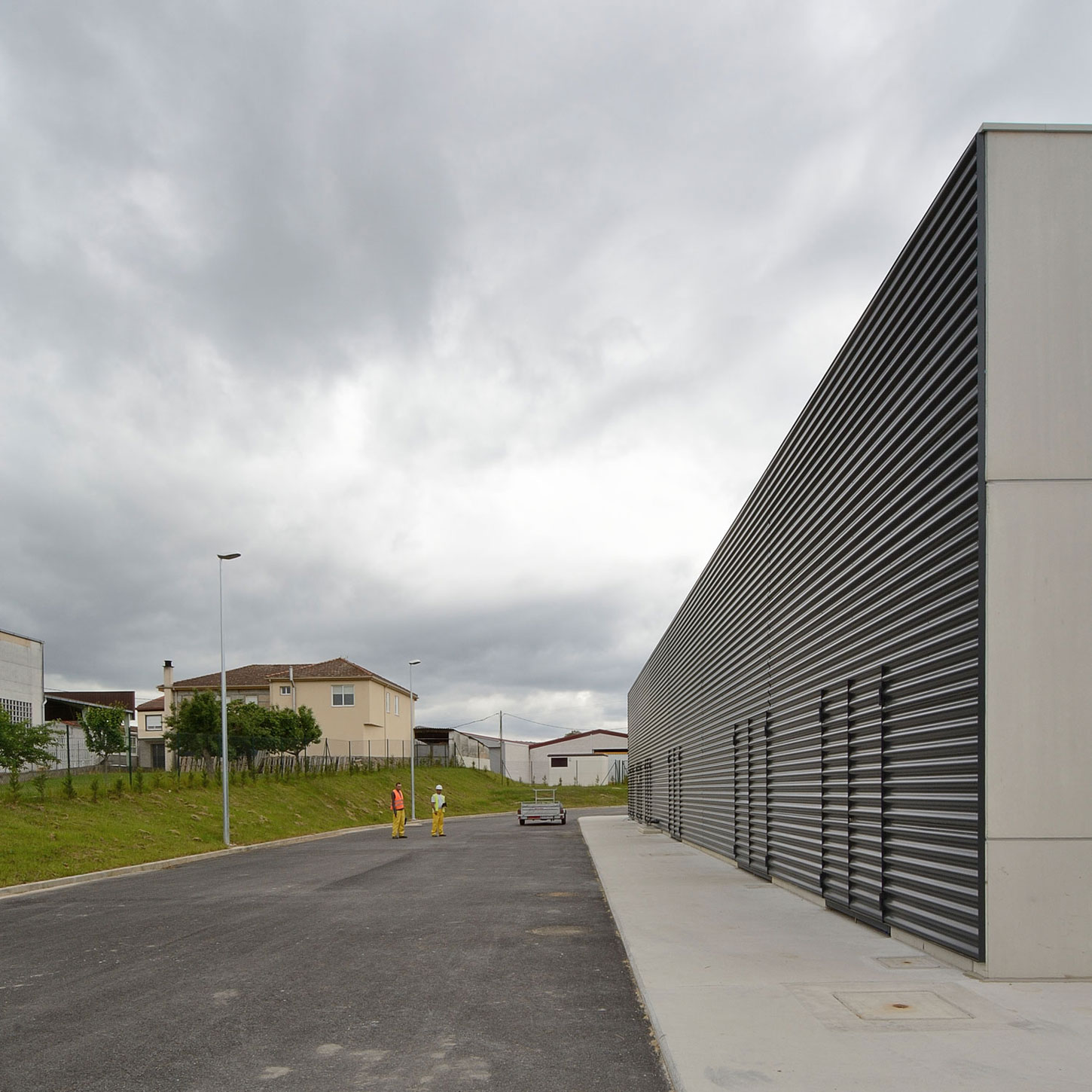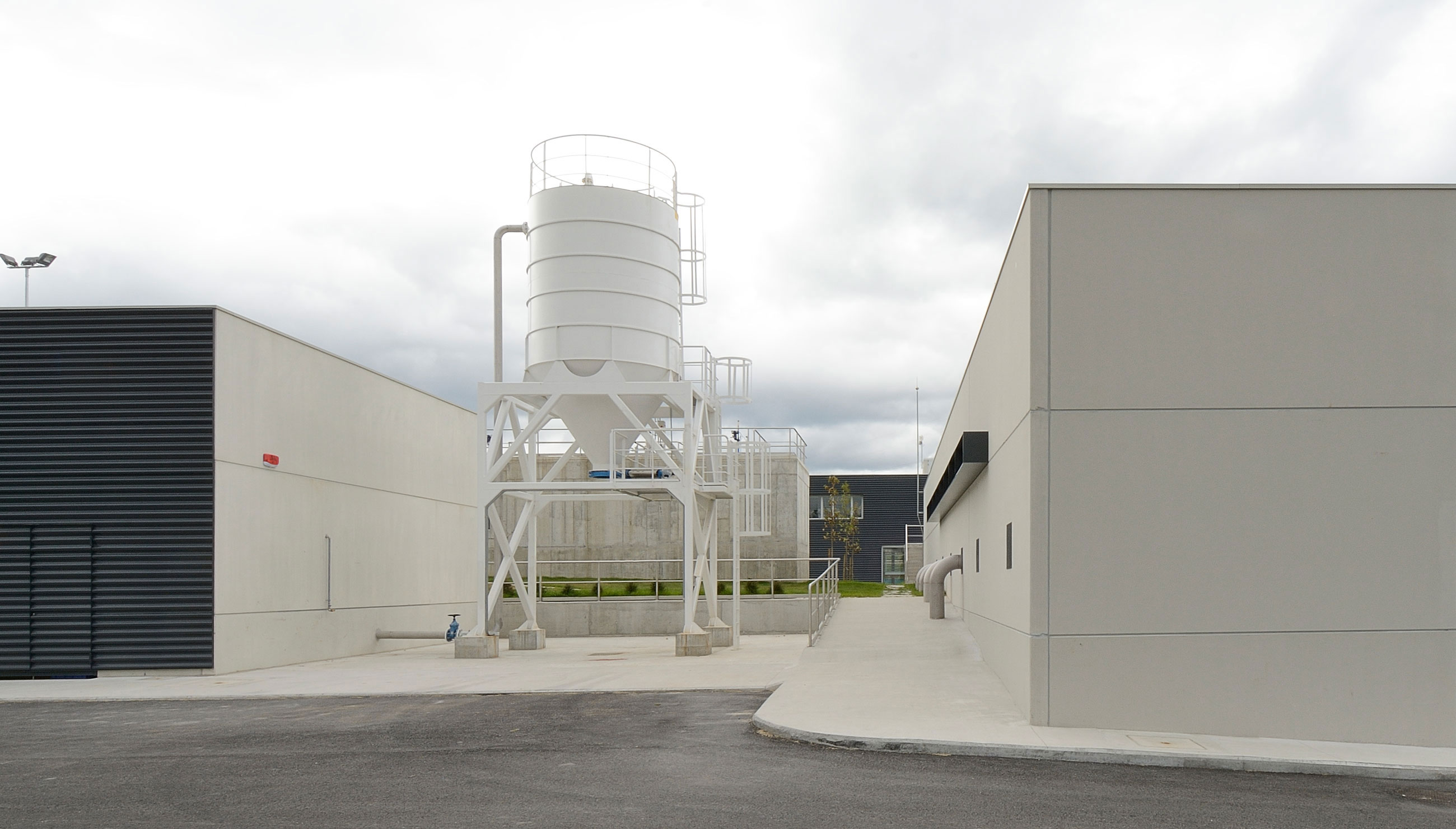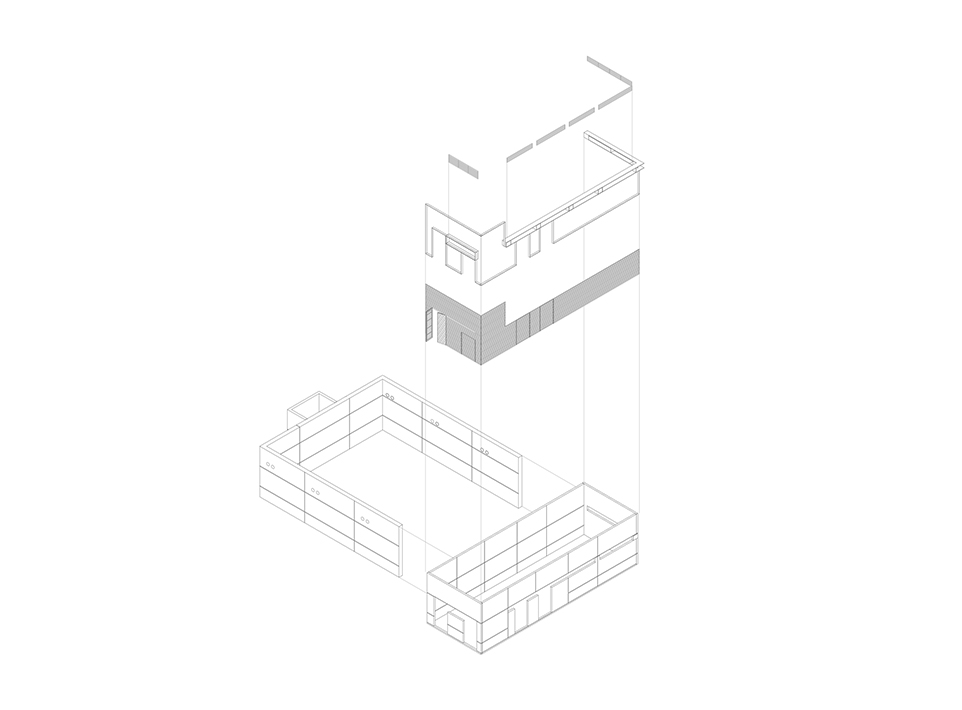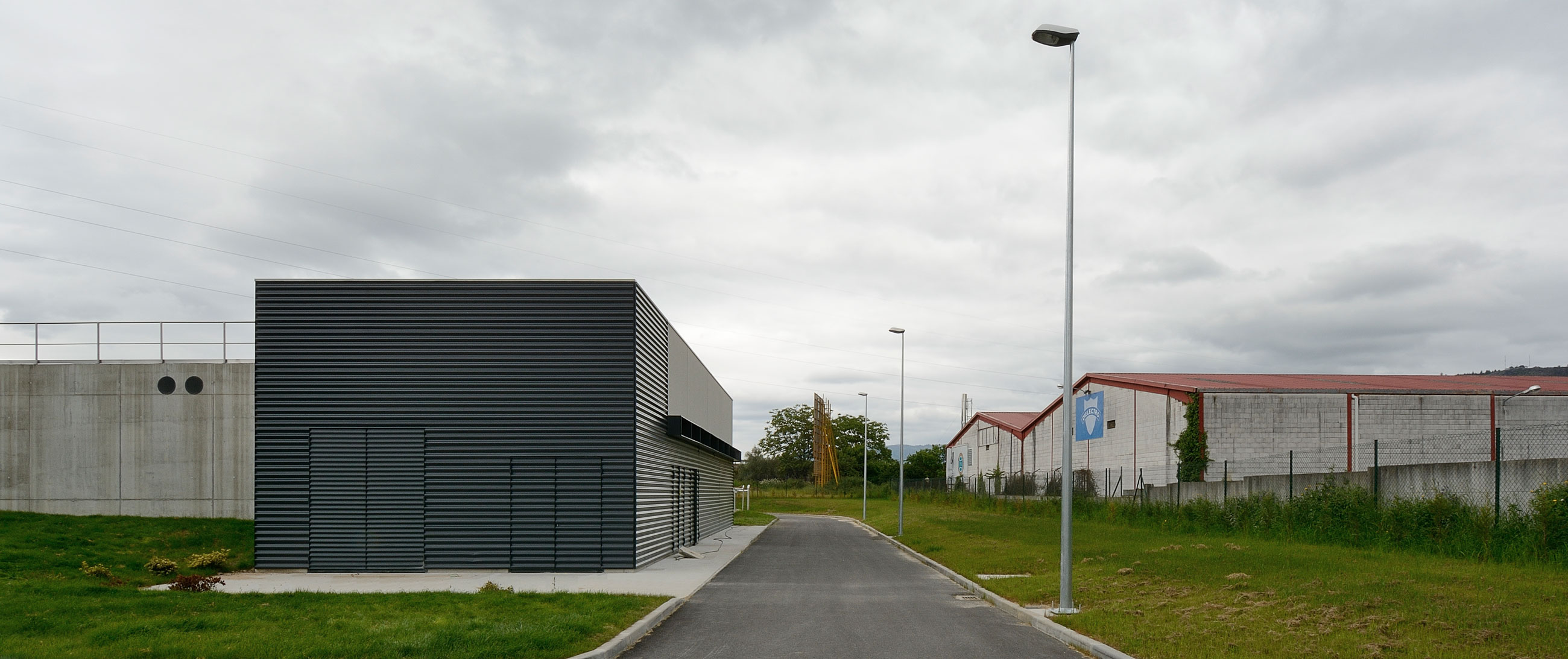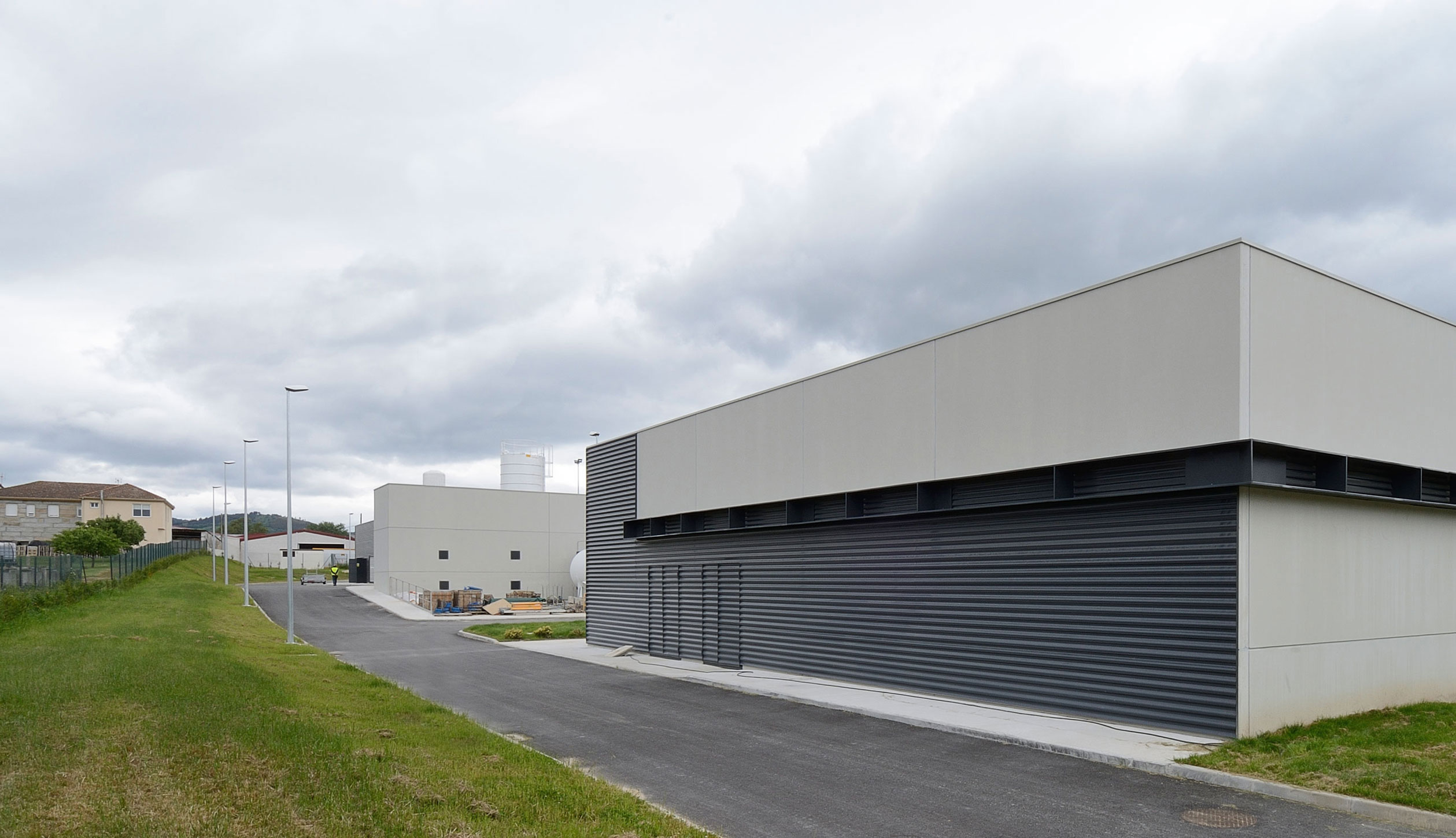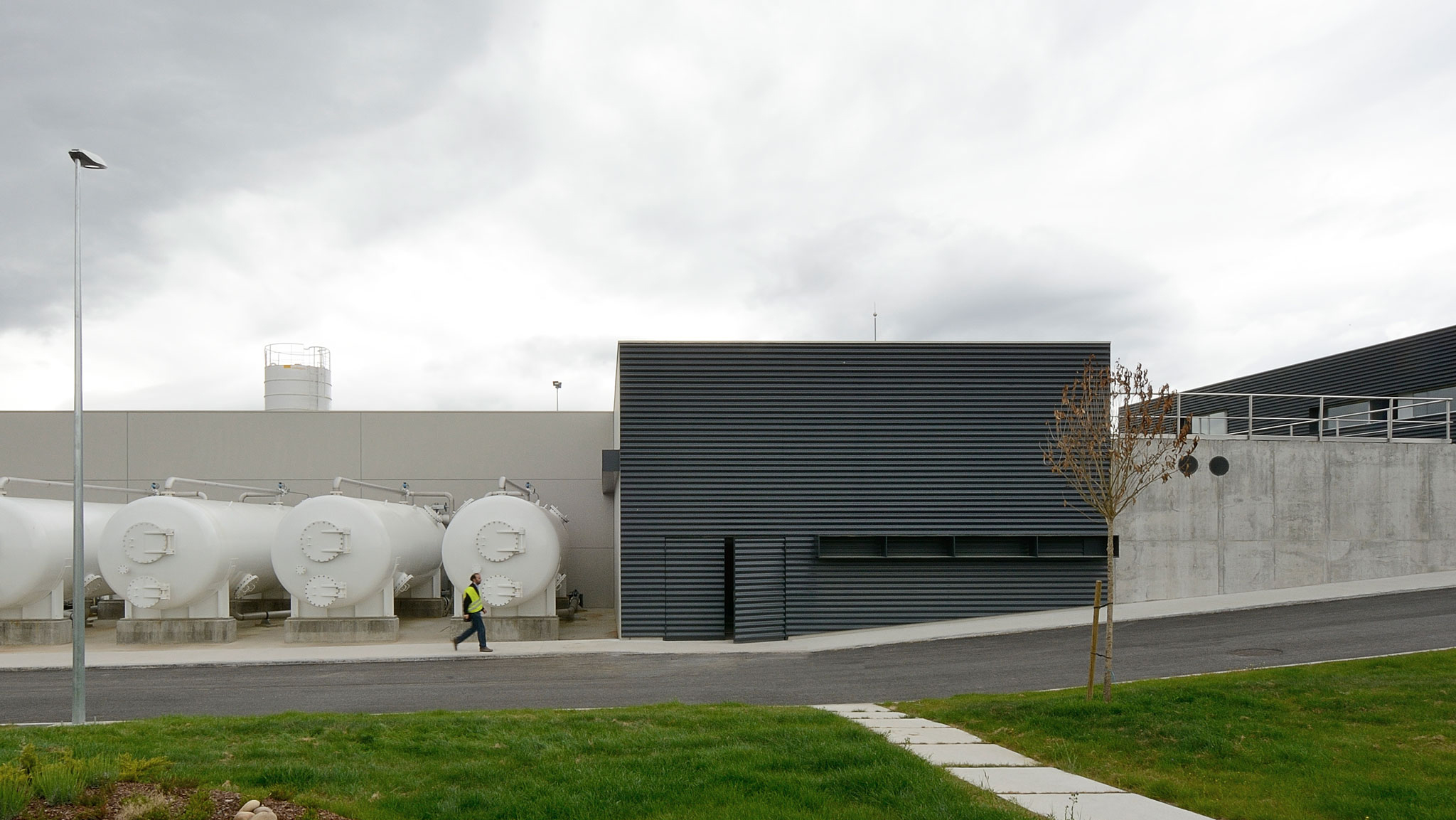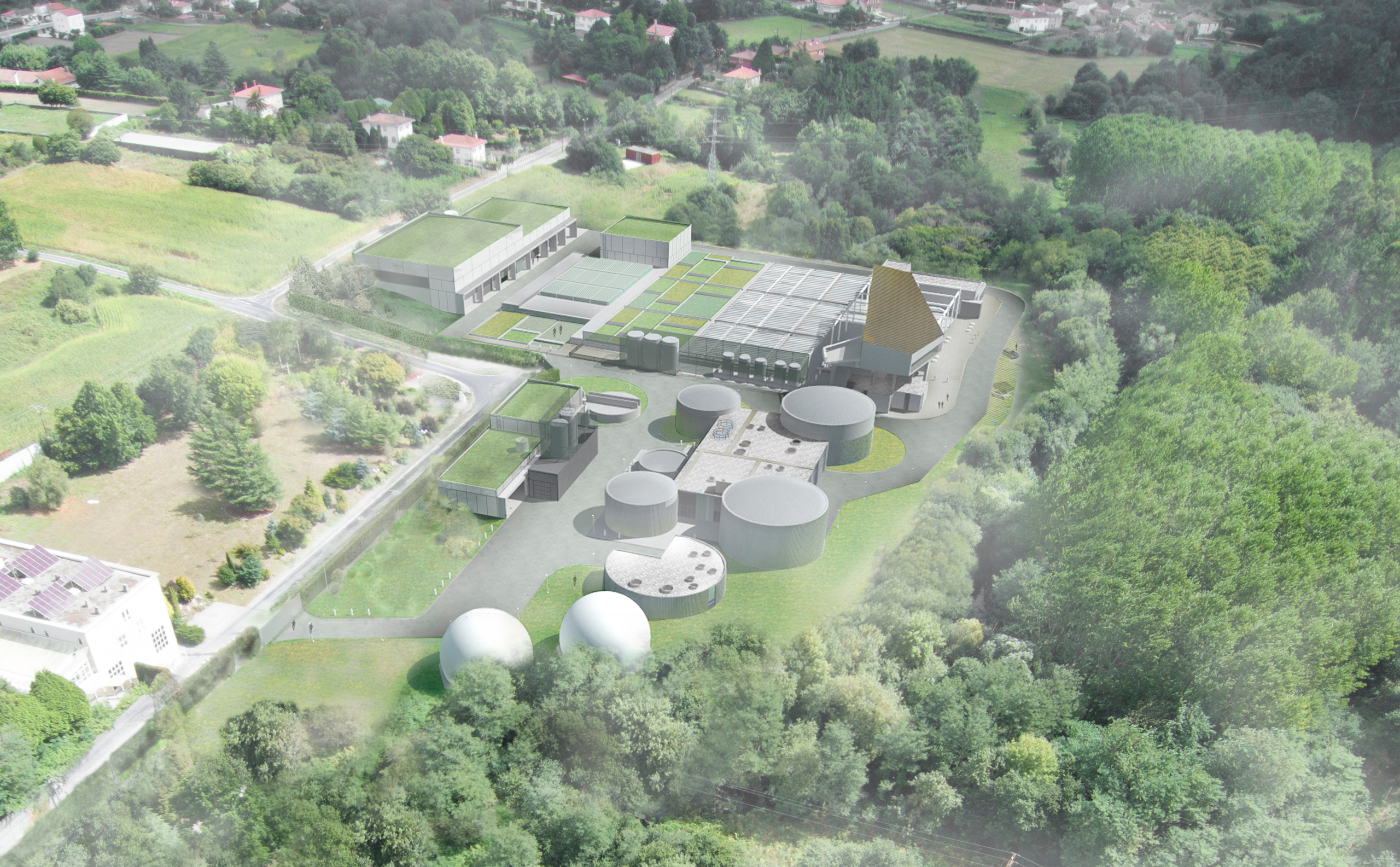
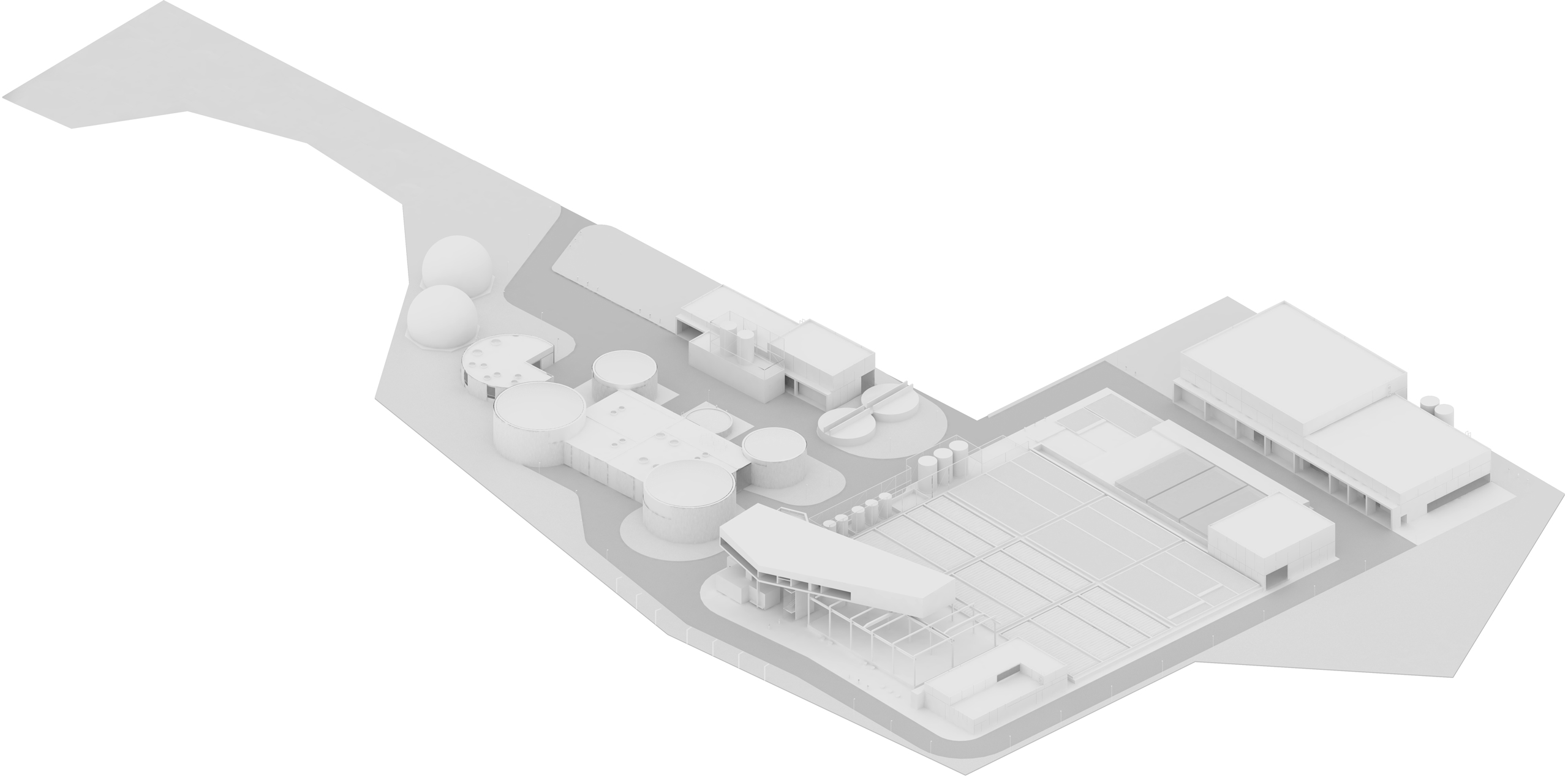
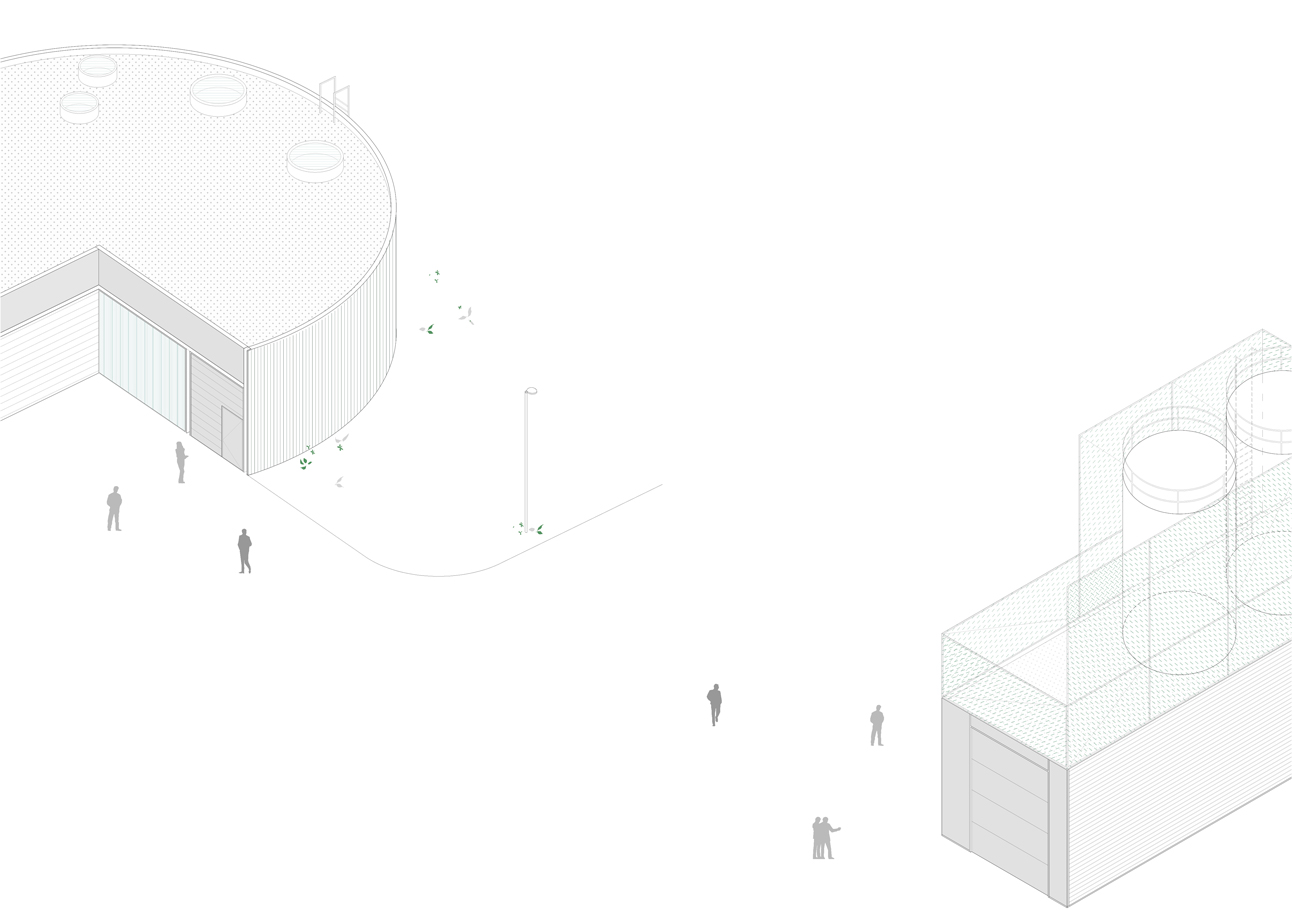
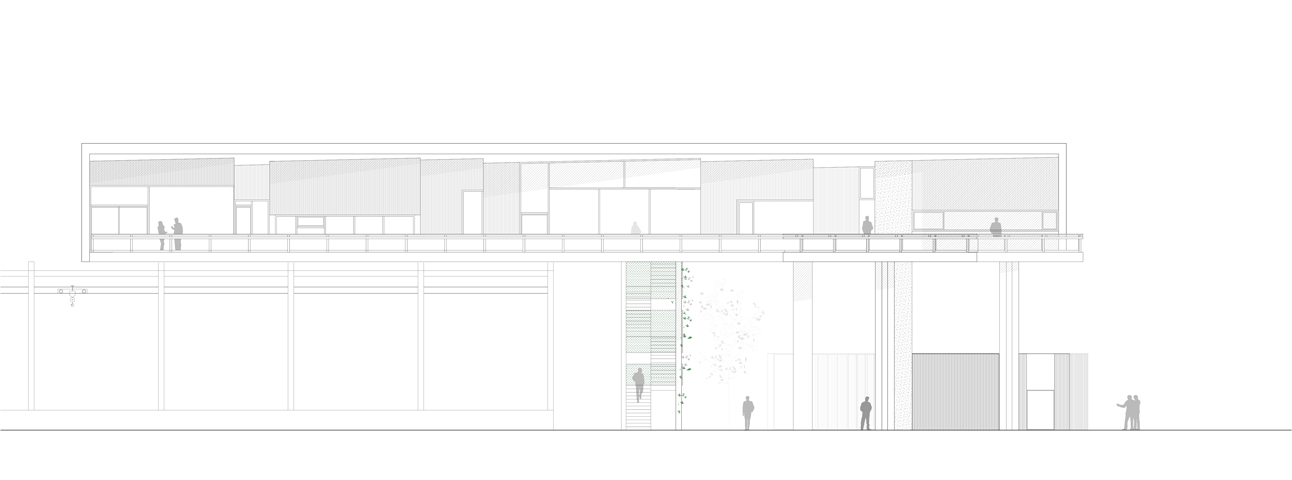







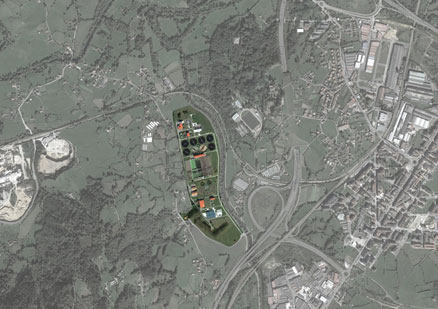
The Wastewater Treatment Plant of Villapérez, northeast of Oviedo city, occupies a huge extension of about 21 hectares. Carried out at the beginning of the ’90s, it is composed of several buildings made of yellow concrete block with red metal sheet gable roof paying little attention to the environment where they are located.
The commission literally consists of ‘giving a new face’ to the buildings, with such a demanding budget constraint, that the only way to meet the requirements was to paint the buildings without any other further intervention.
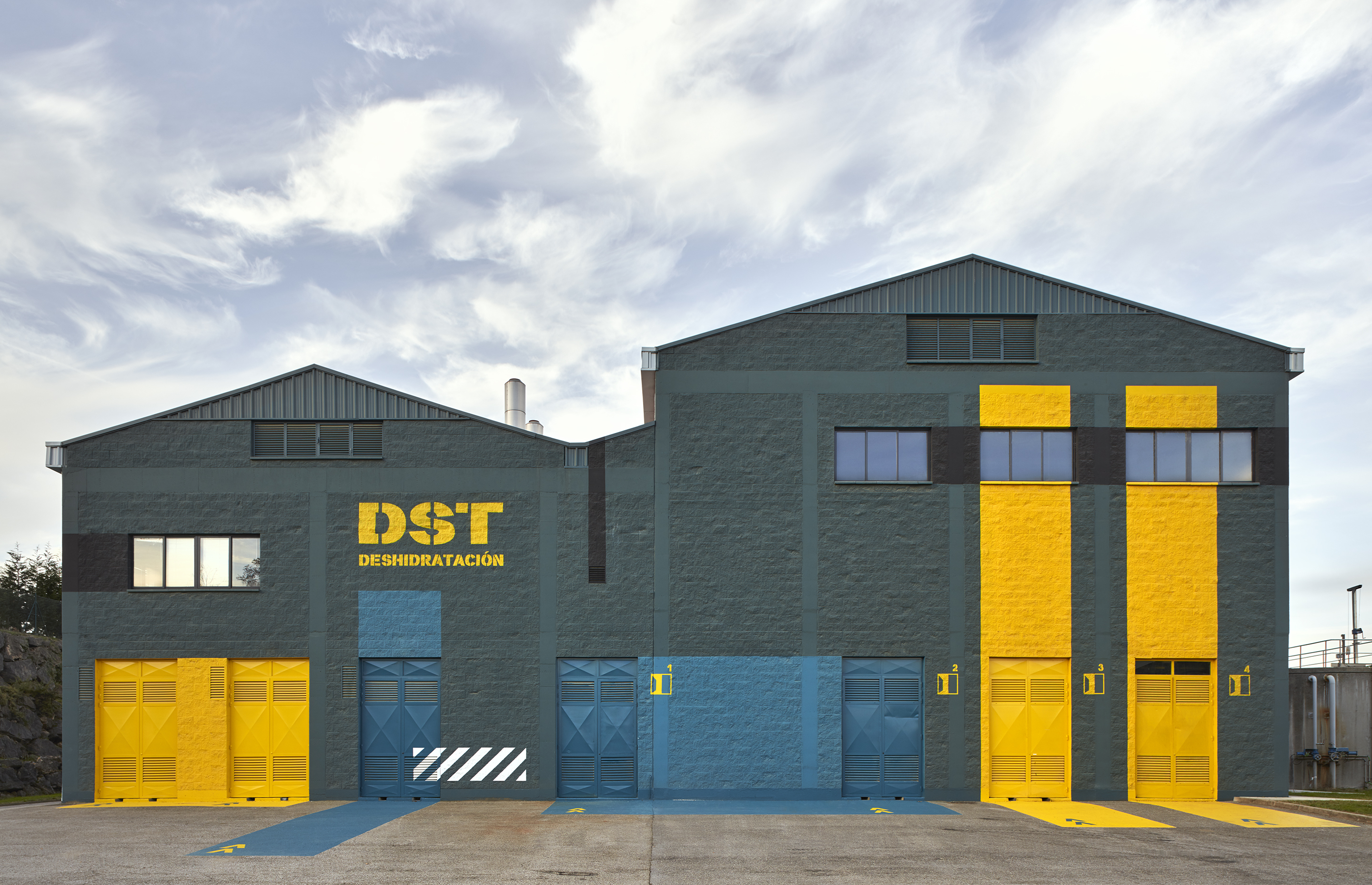
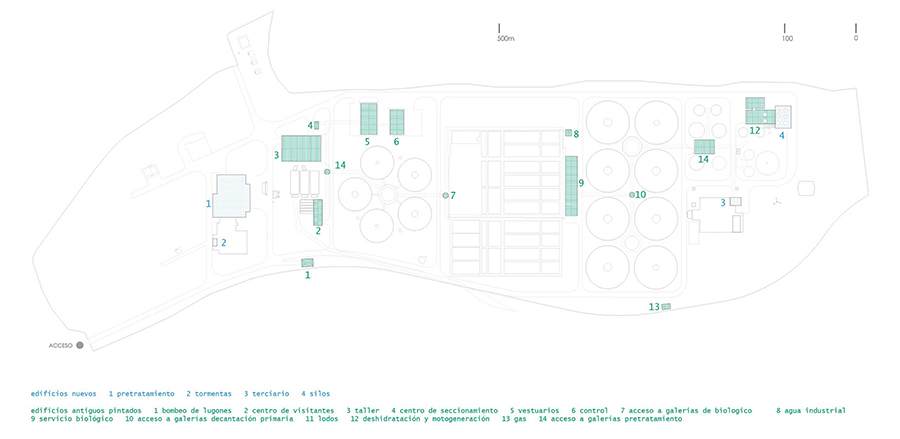
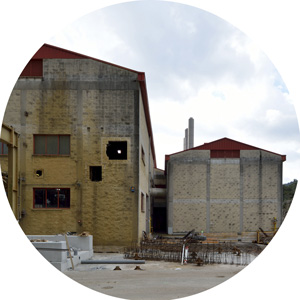
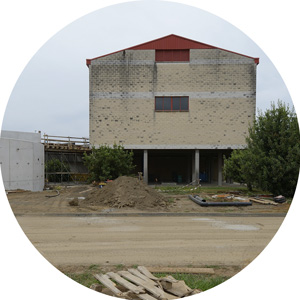
The applied colors are diluted in the usually leaden sky of the environment. By using them in adjacent faces of each building, the anodyne and large volume is intended to break and the buildings are related to each other. The range of colors is complemented by more intense tones that allows to identify the singular elements of use such as accesses, connections, etc.
All this is completed with a visible graphic and signage that helps to identify each building from the great distances that separate them.

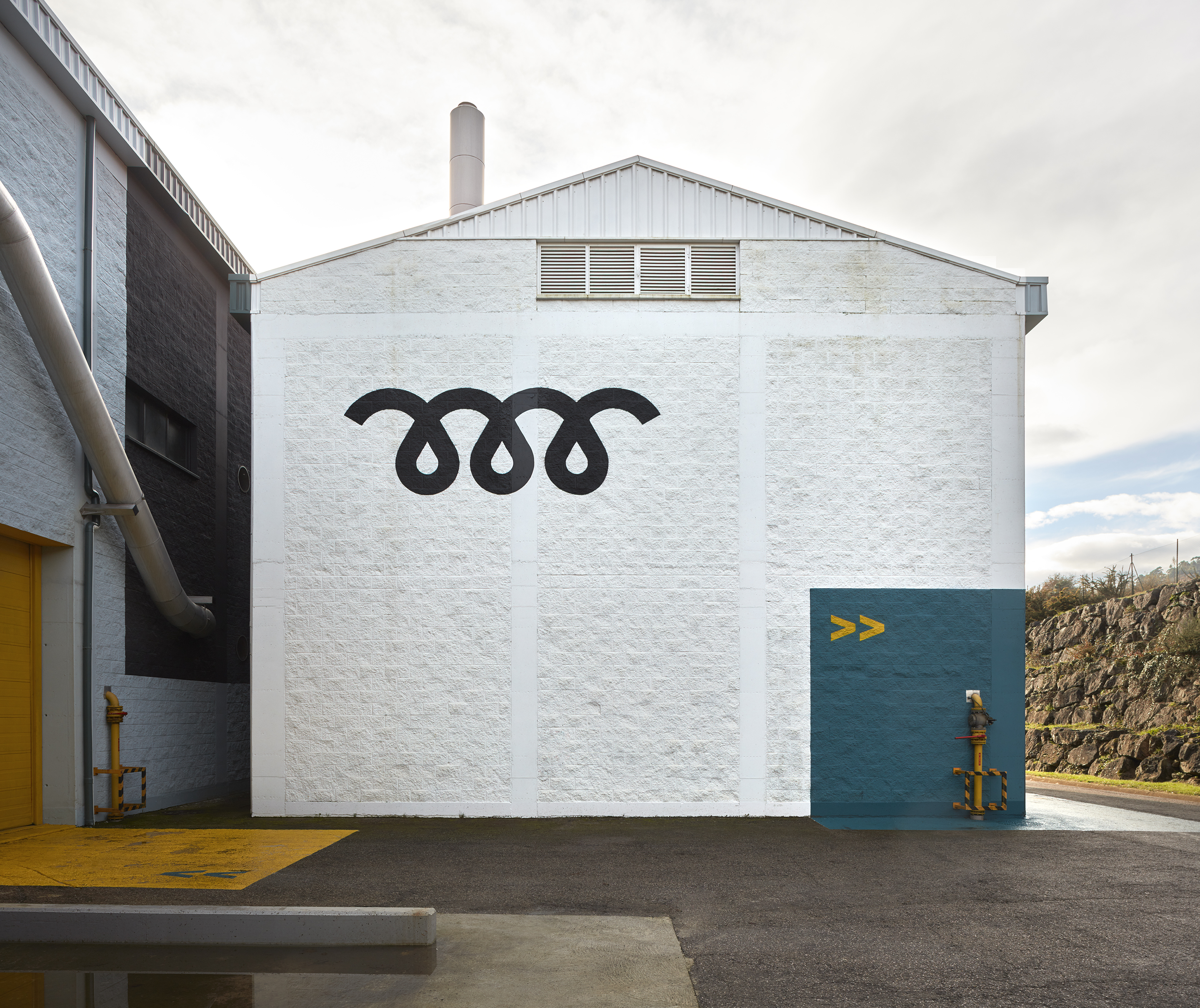
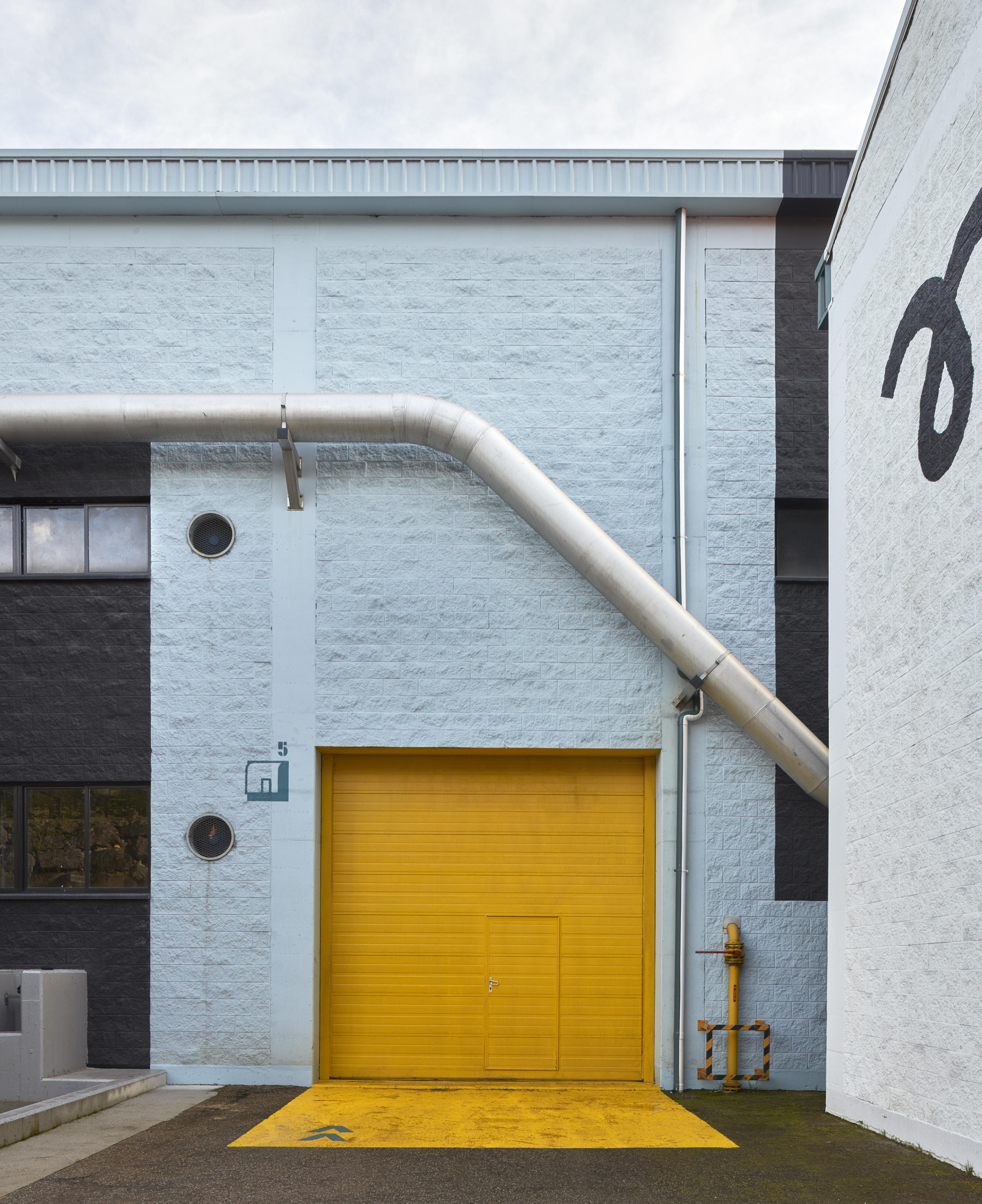
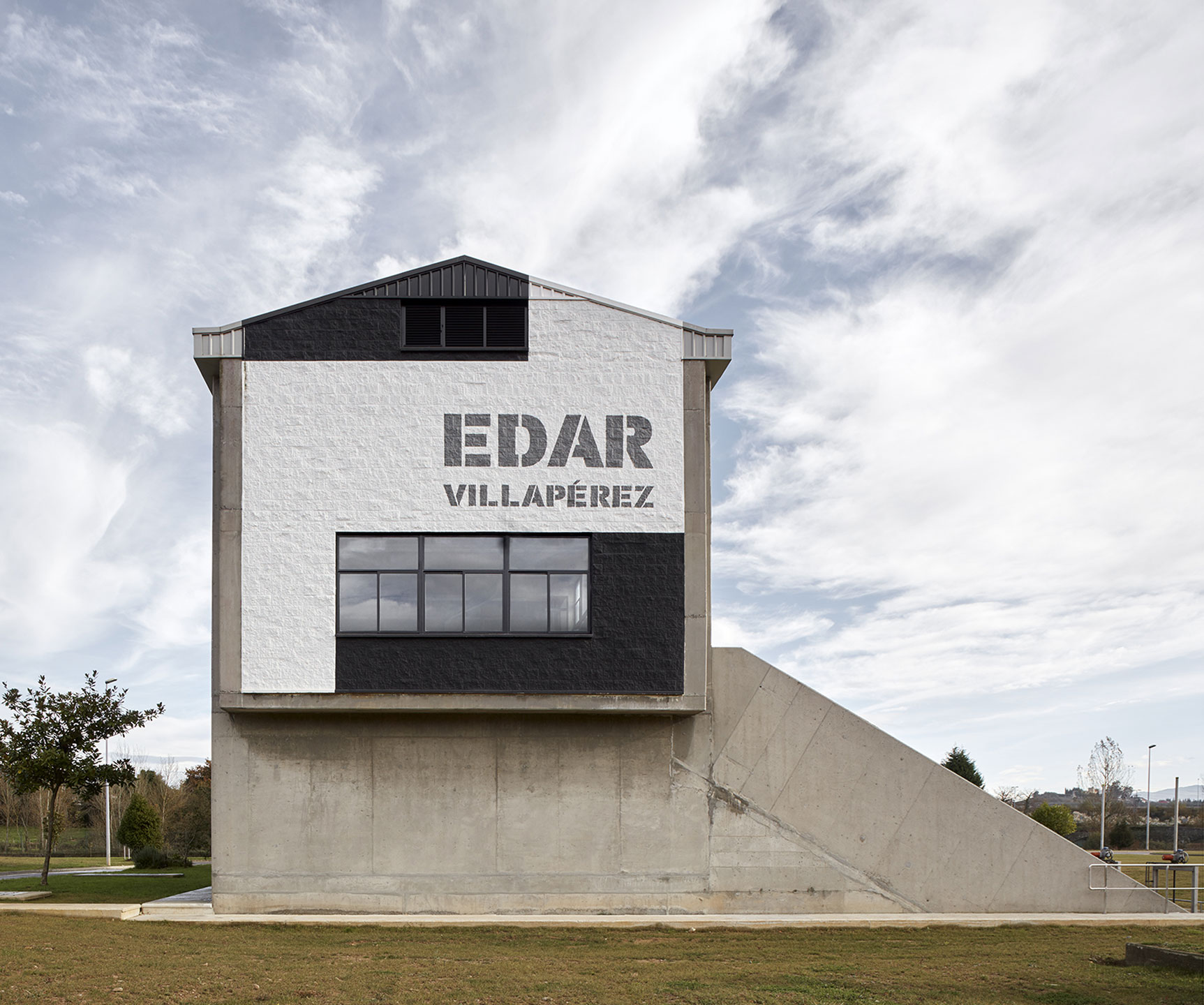
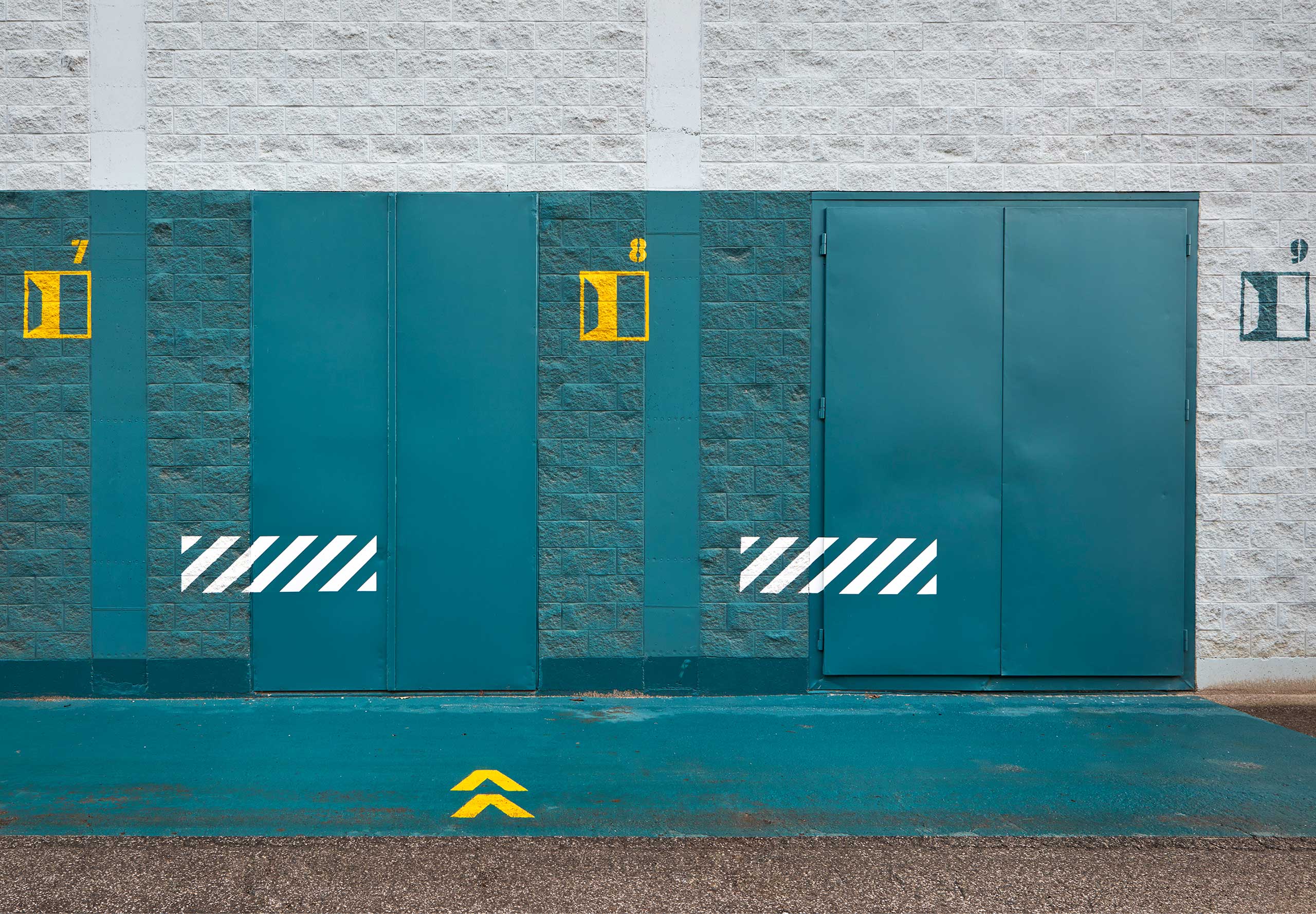
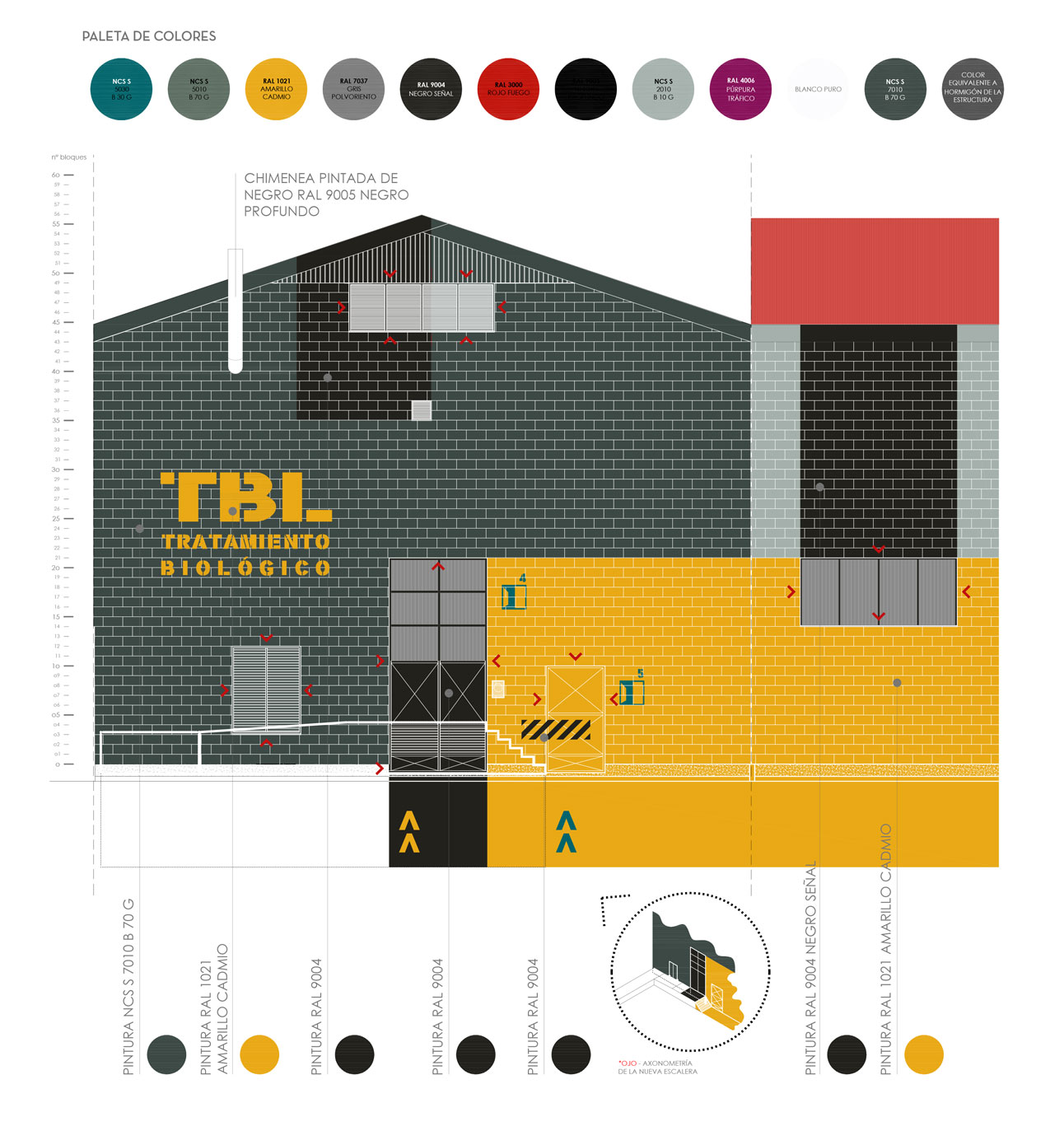
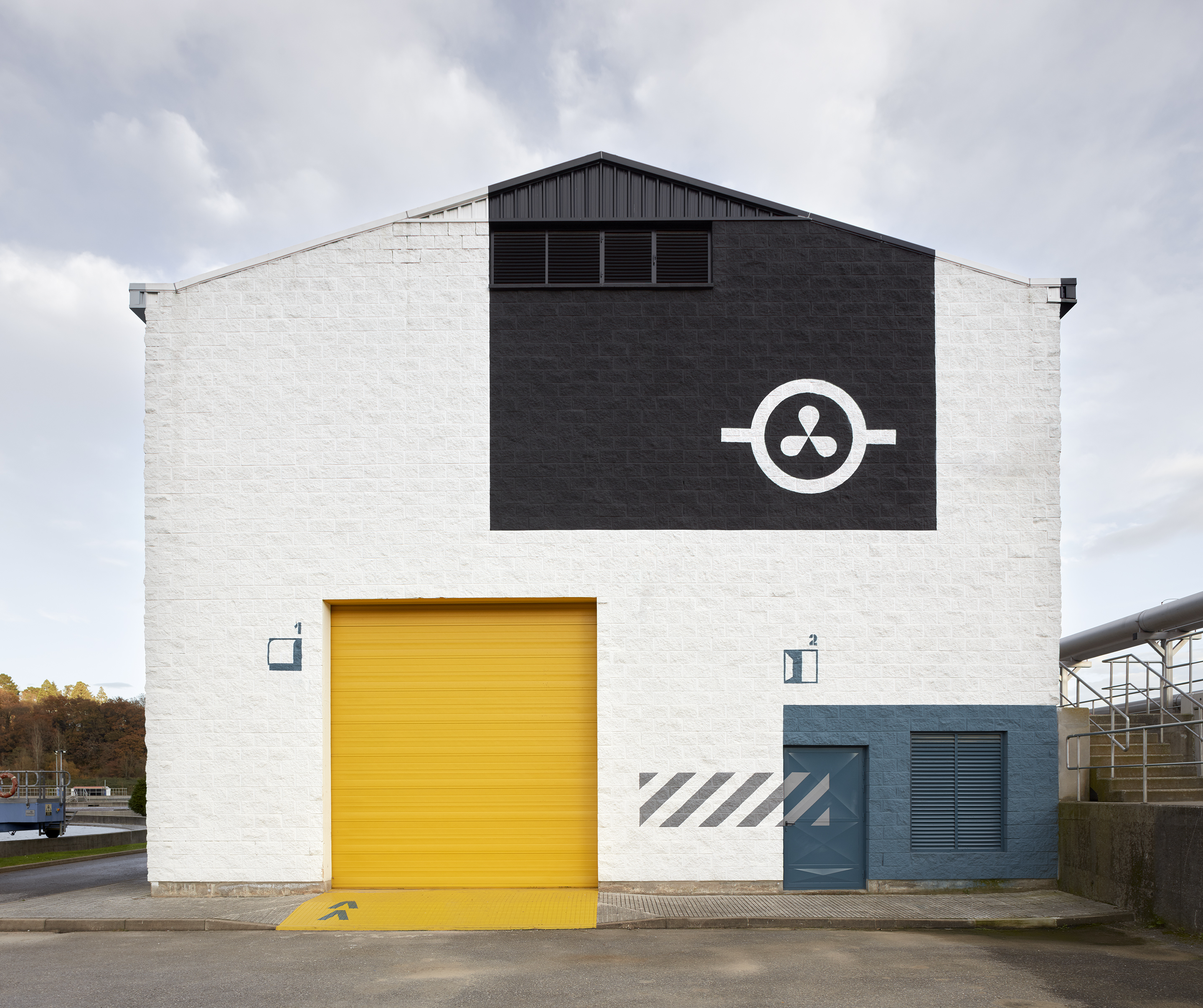
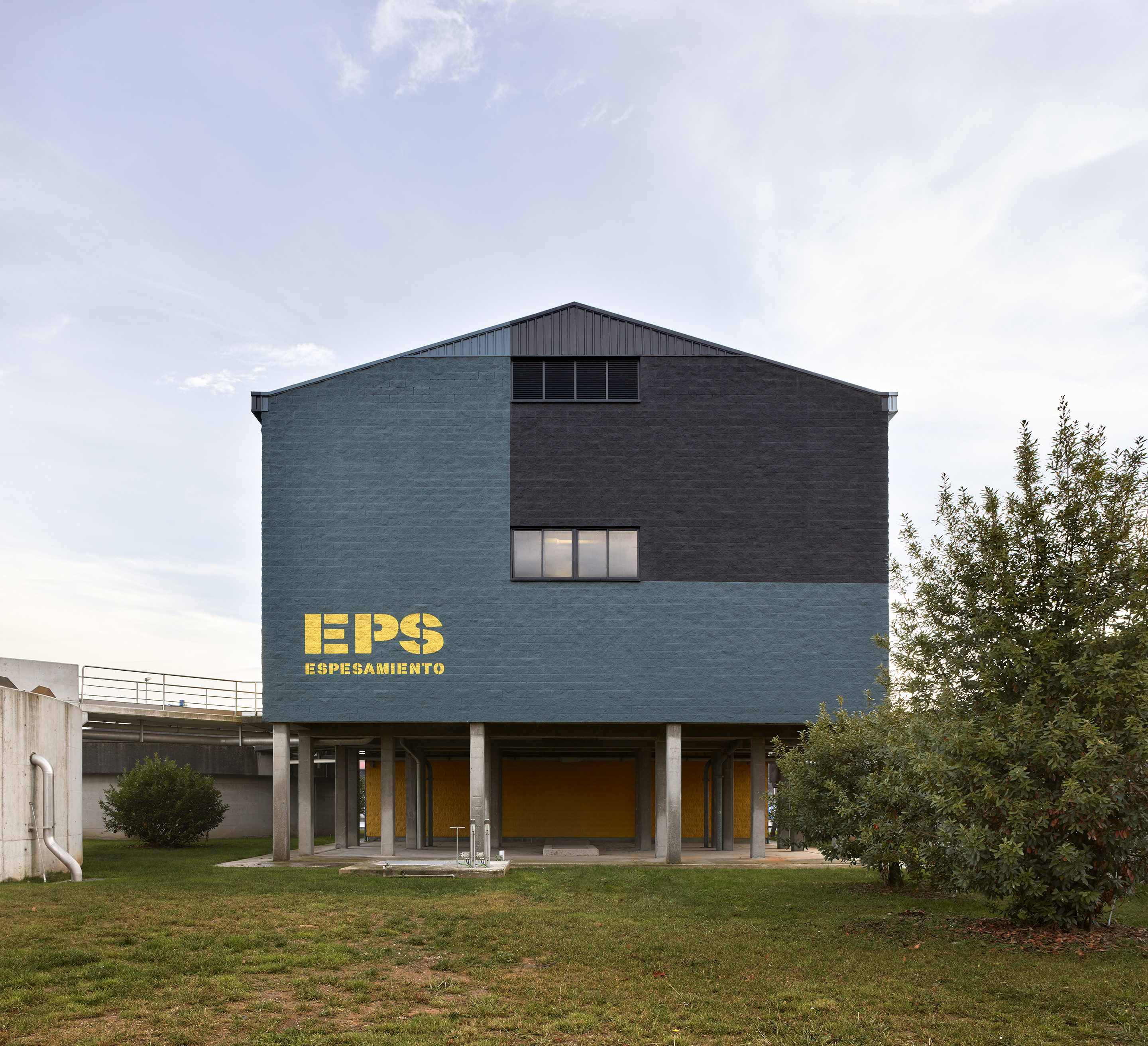
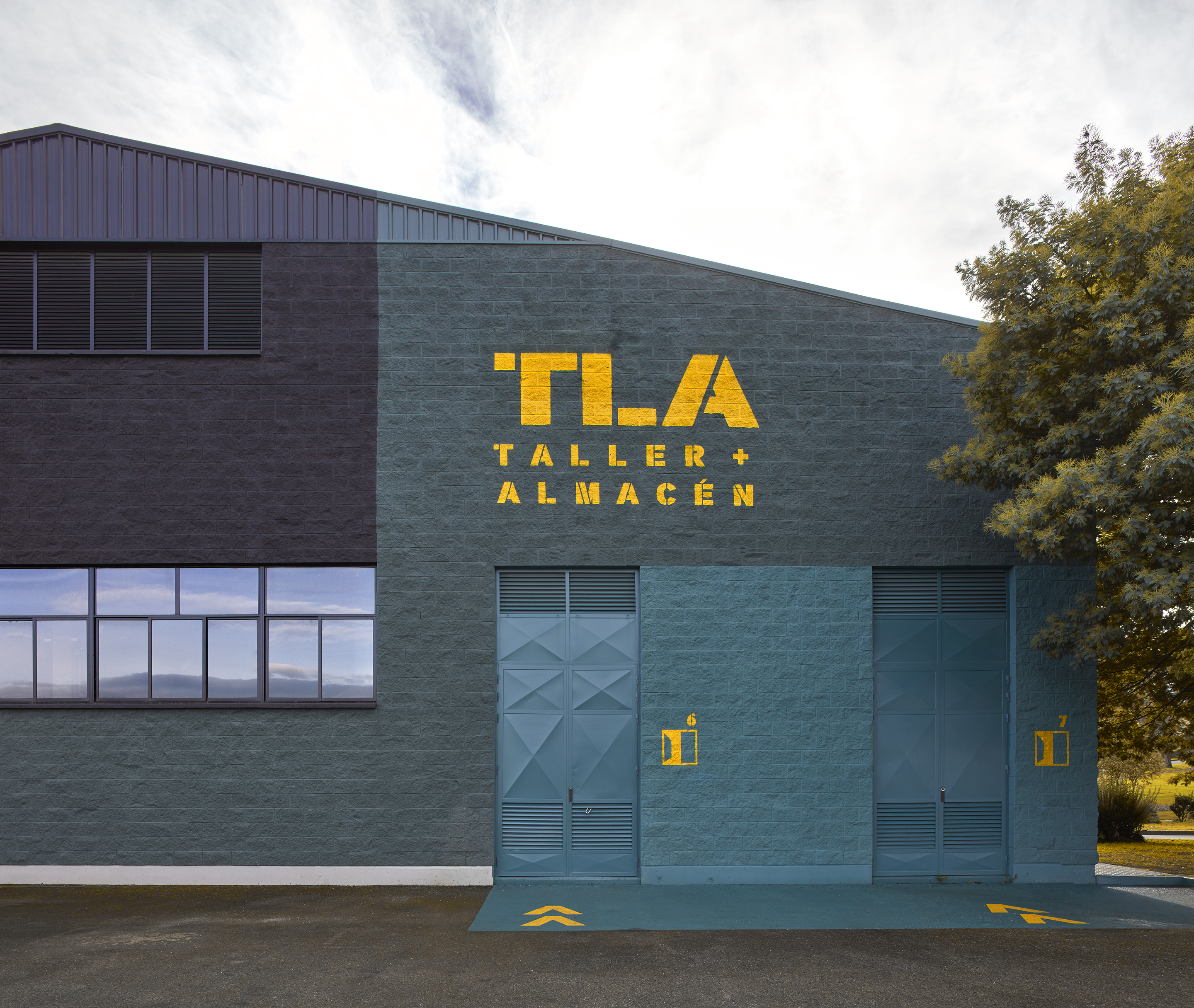
Due to the growth of population, three new buildings would be built mandatorily with prefabricated concrete at the same time their location and volume cannot be altered. Once again, our mission focuses on the study of envelopes, proposing sizes and shades of the prefabricated elements that help integrate them with the environment.
The metal sheet baseboard grouping the accesses are painted in intense yellow, thus relating to the intense colors of the existing painted buildings.

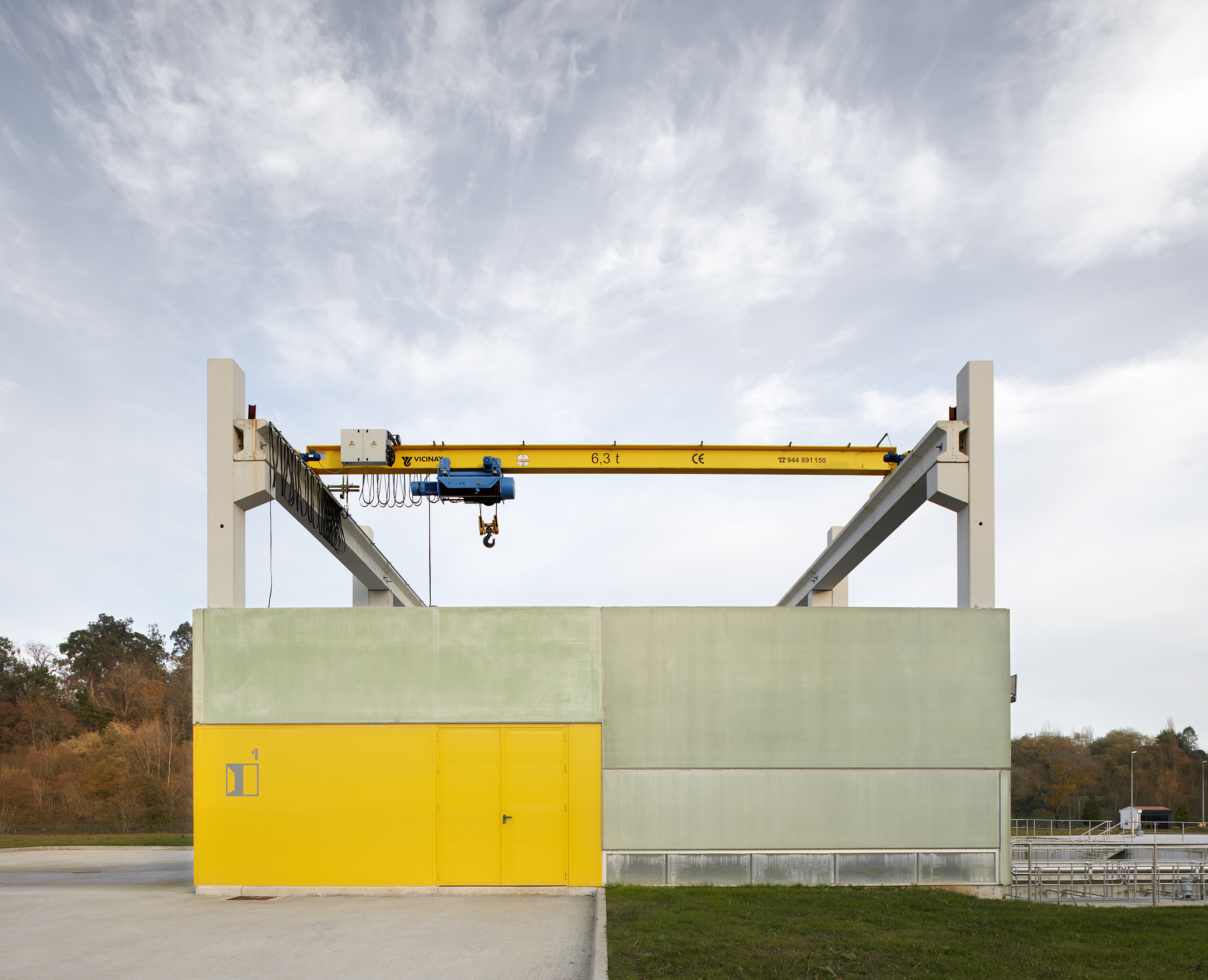
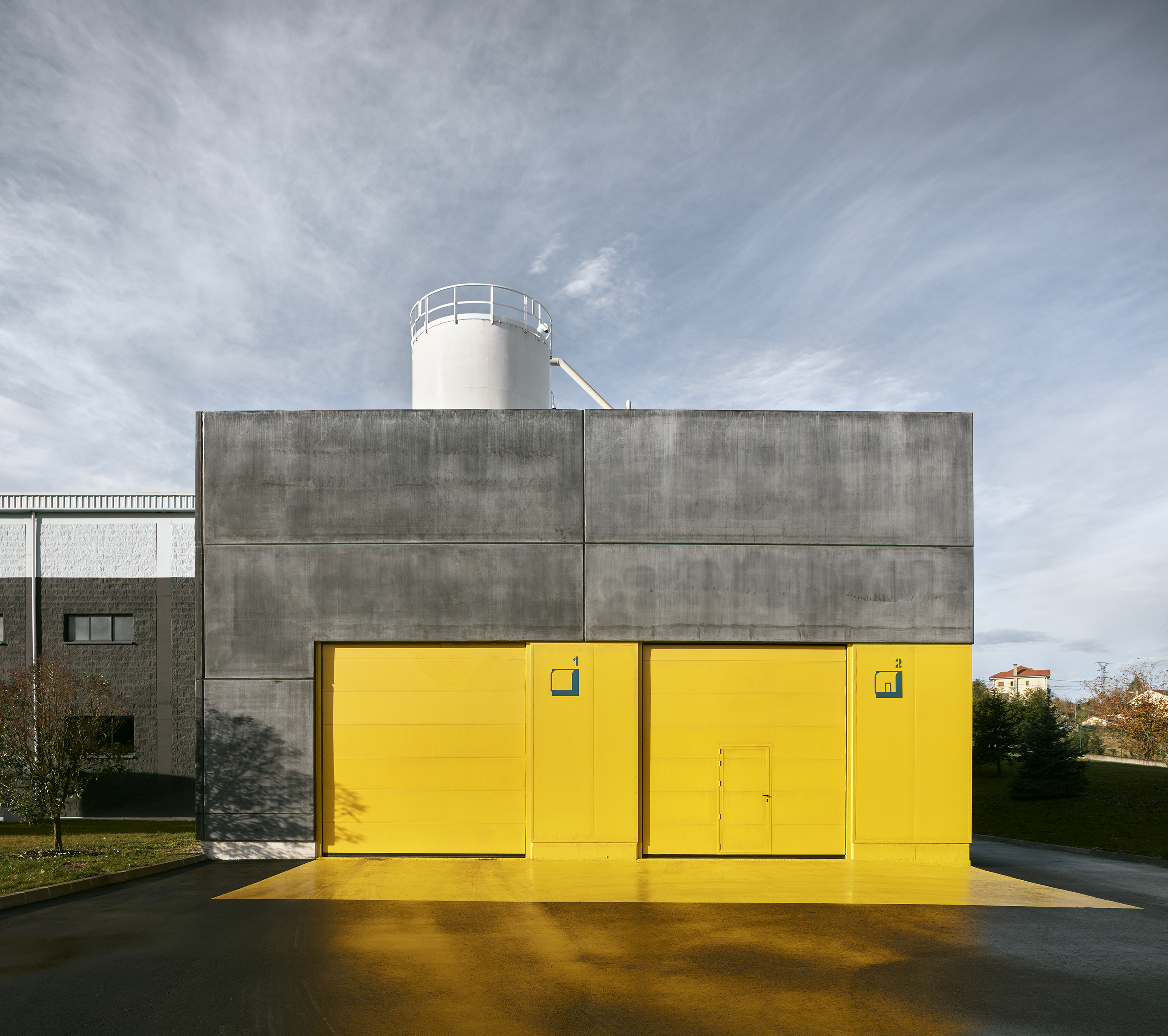
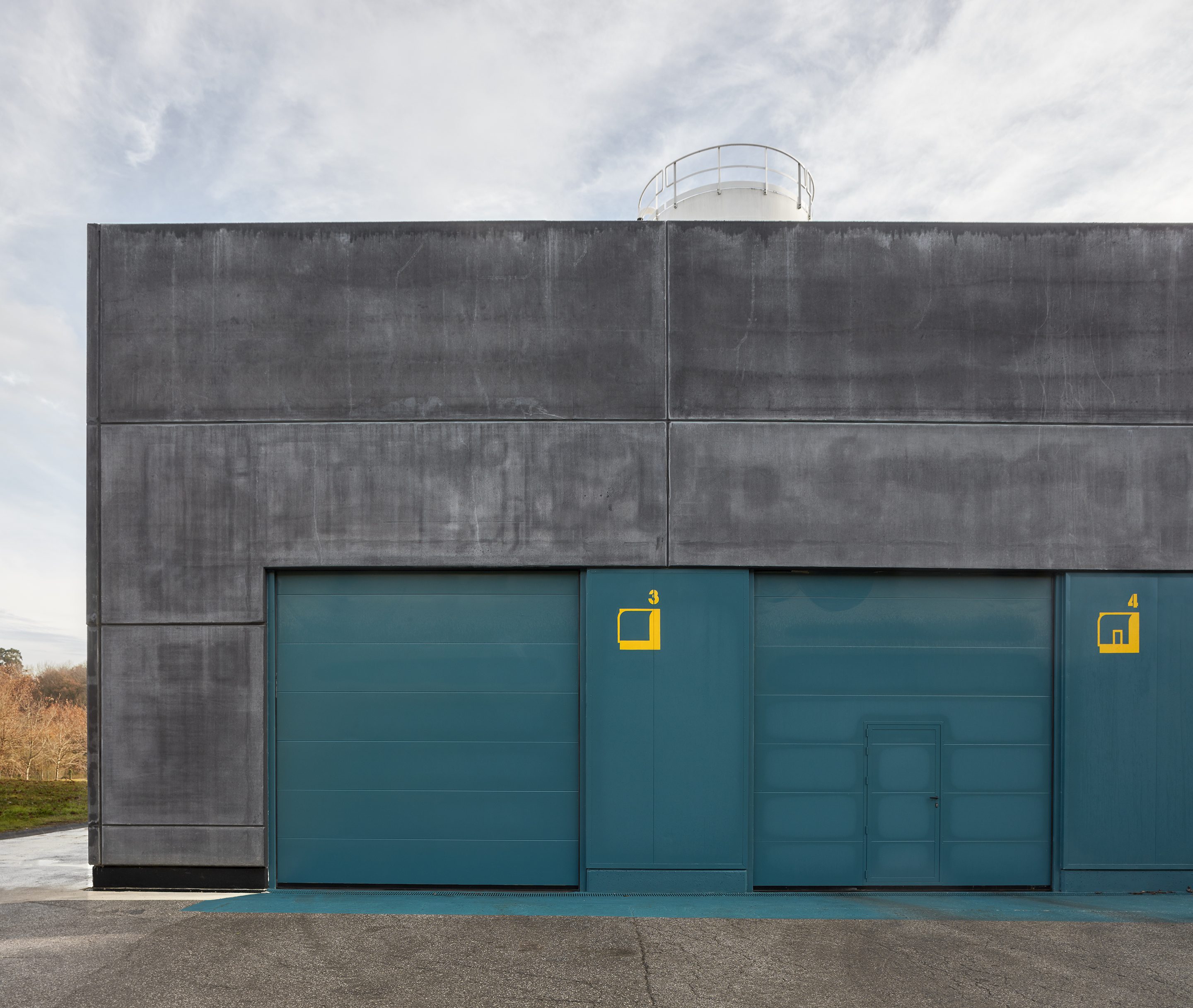
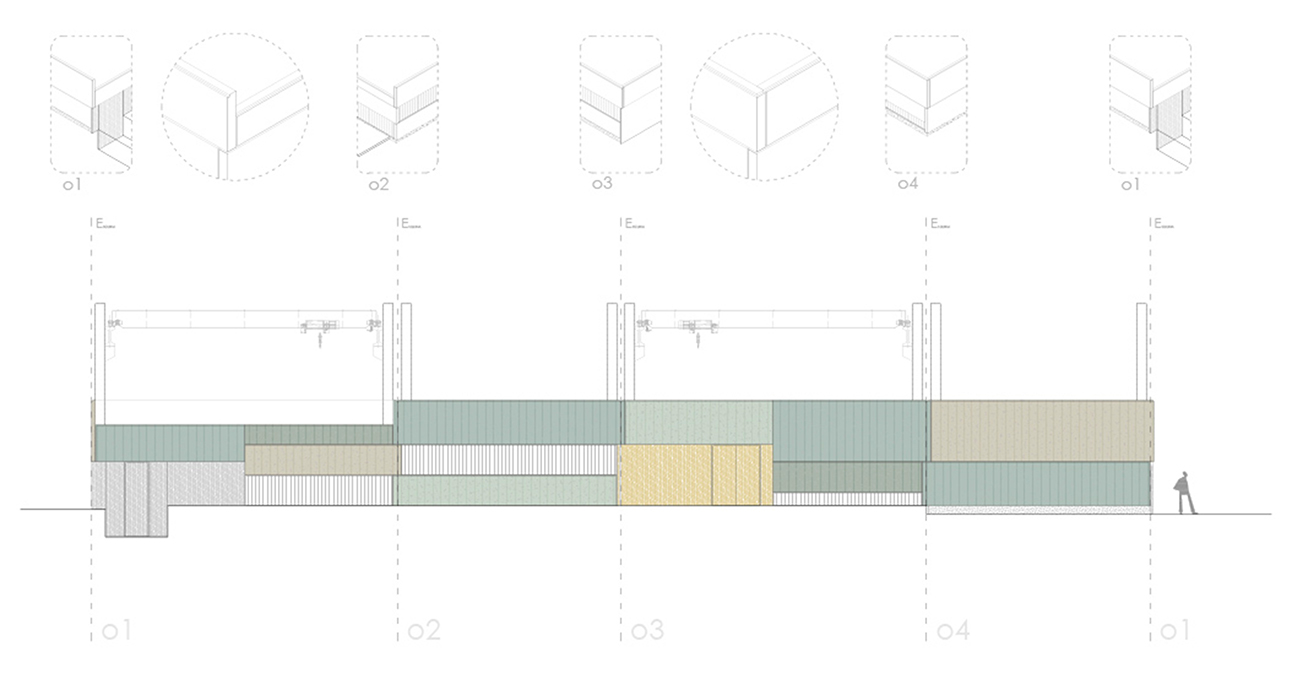
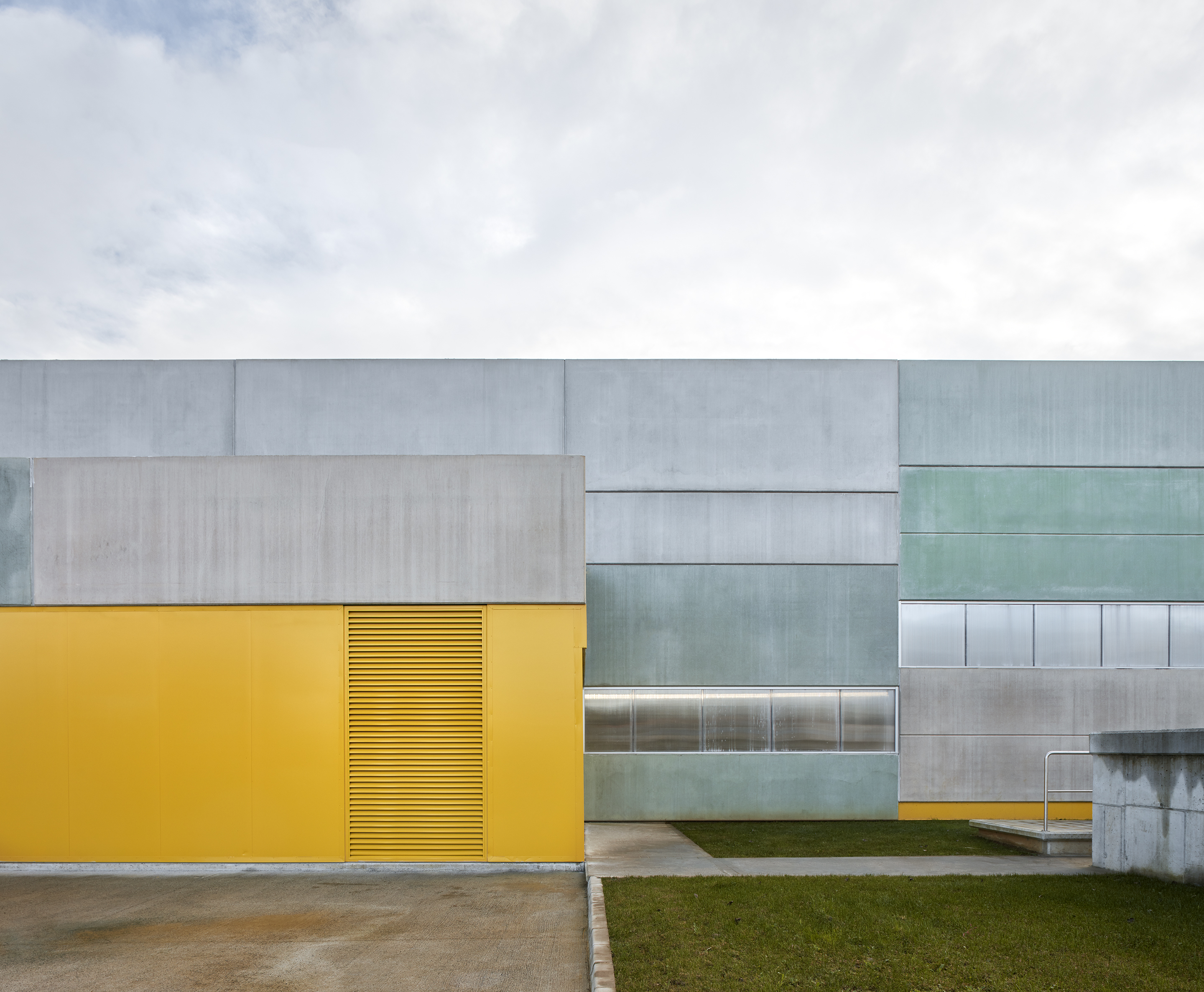

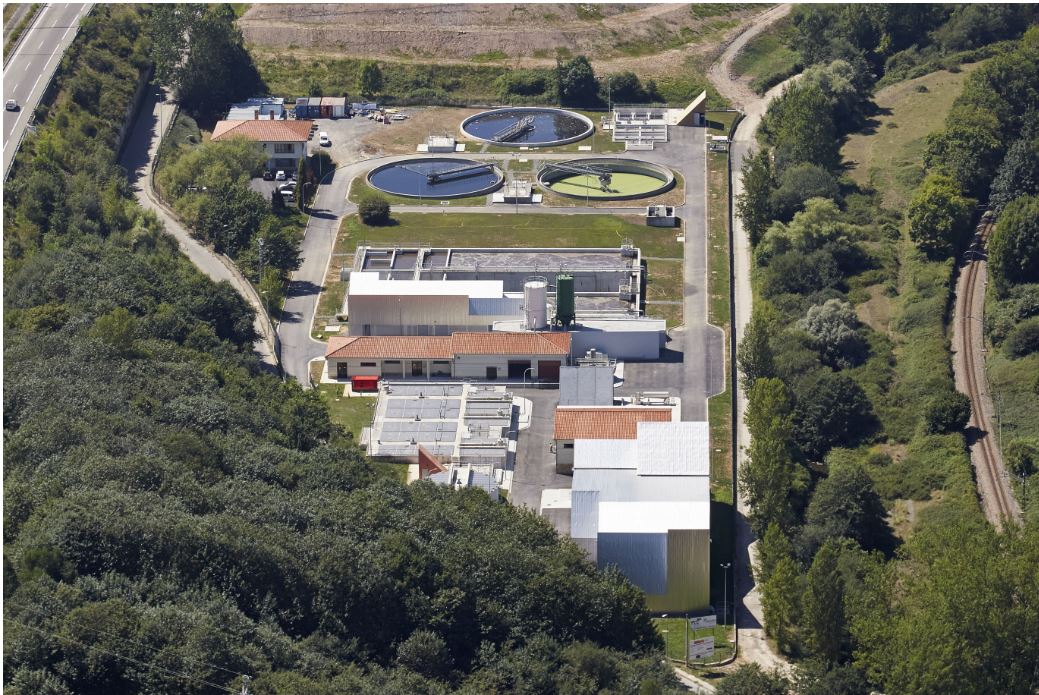
The project consists of the volumetric and material definition for the new buildings to be realized in the Expansion of the Sewage Treatment Plant of San Claudio, near Oviedo.
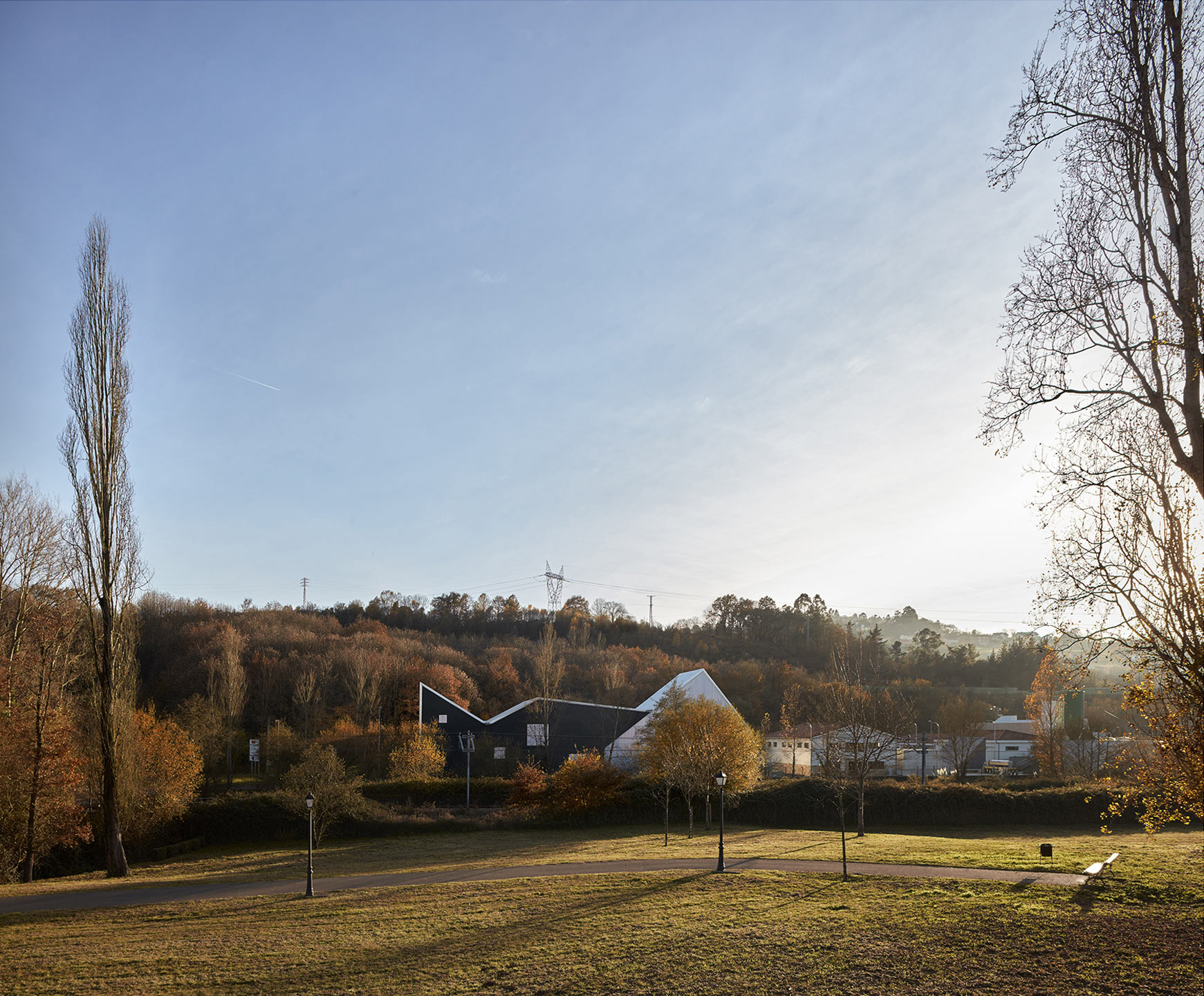
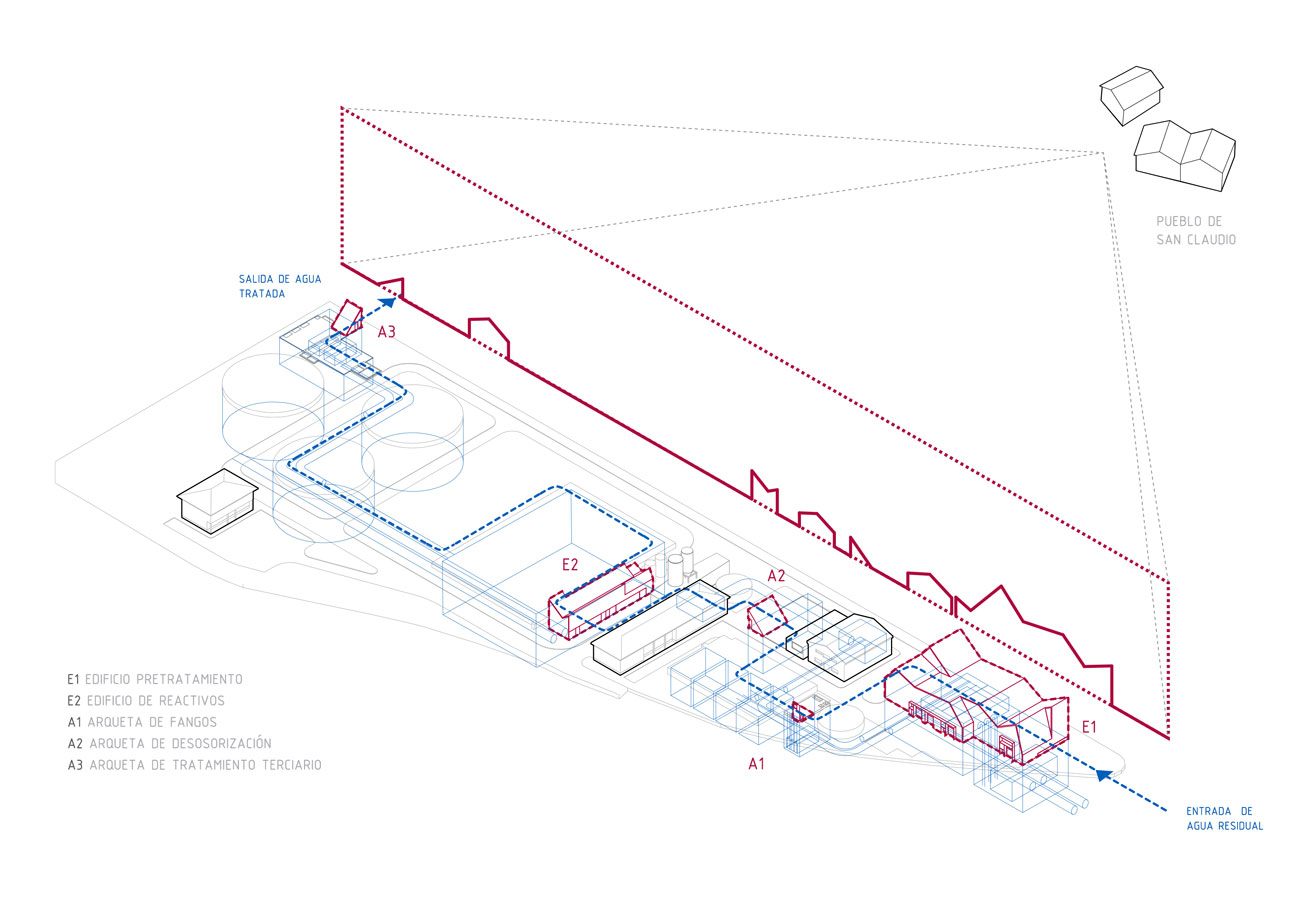

Being established the position and function of each element as well as the free heights required (according to hoists, bridge cranes, vertical pumps opening or access to machinery and spare parts), our objective is to provide the new buildings of volumes that respect the rural environment where they are located that meet the needs of use and heights demanded, using materials of low cost and simple maintenance.
Steel structure buildings support on large concrete tanks in situ through which the water circulates and is treated. There are two, Pretreatment and Reagents. These buildings of remarkable size are covered with embossed aluminum in order to dematerialize their volume and, thus, reducing their impact.
Three manholes are added as an access point to underground pipelines made in colored concrete to facilitate its identification.
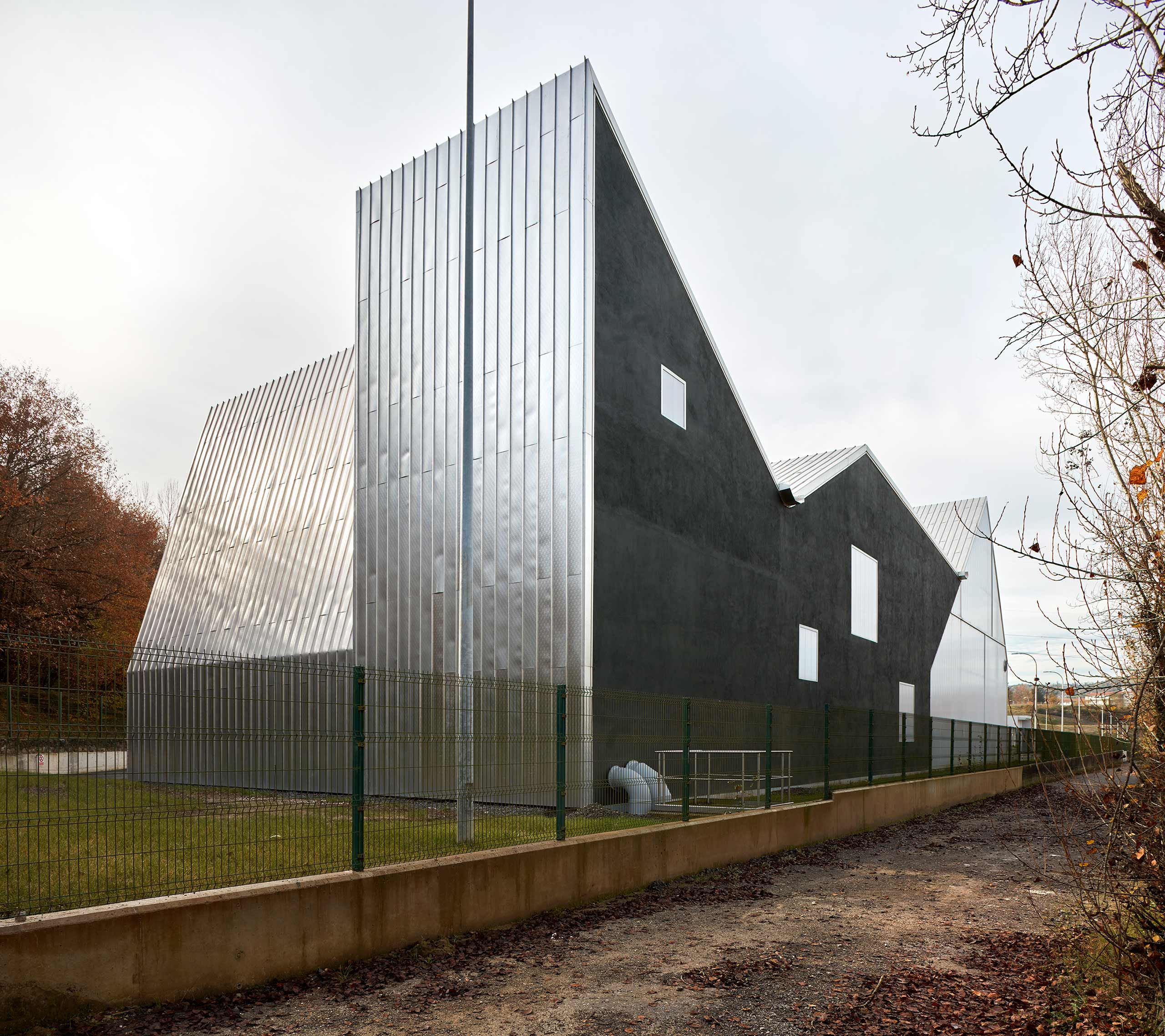
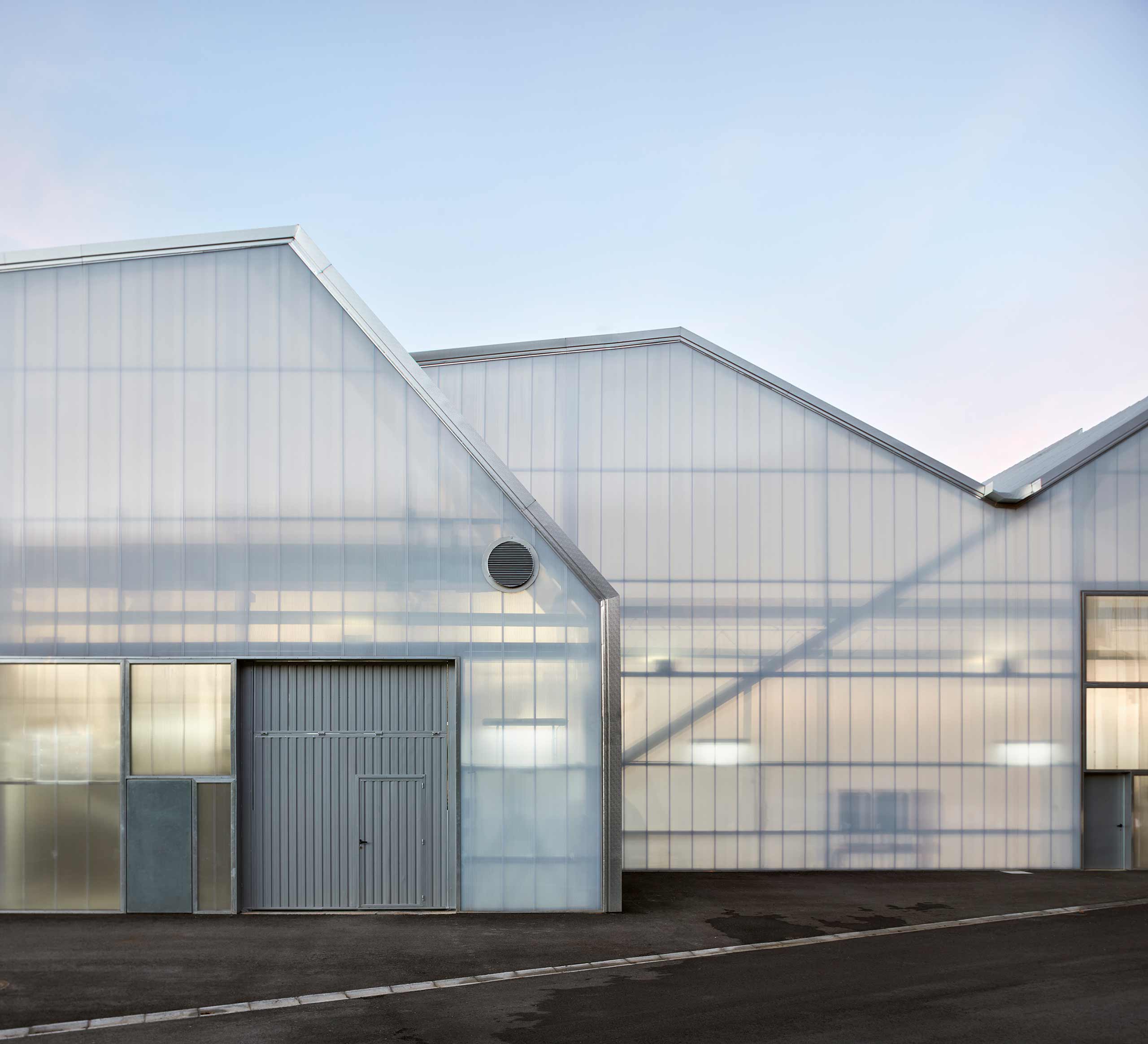
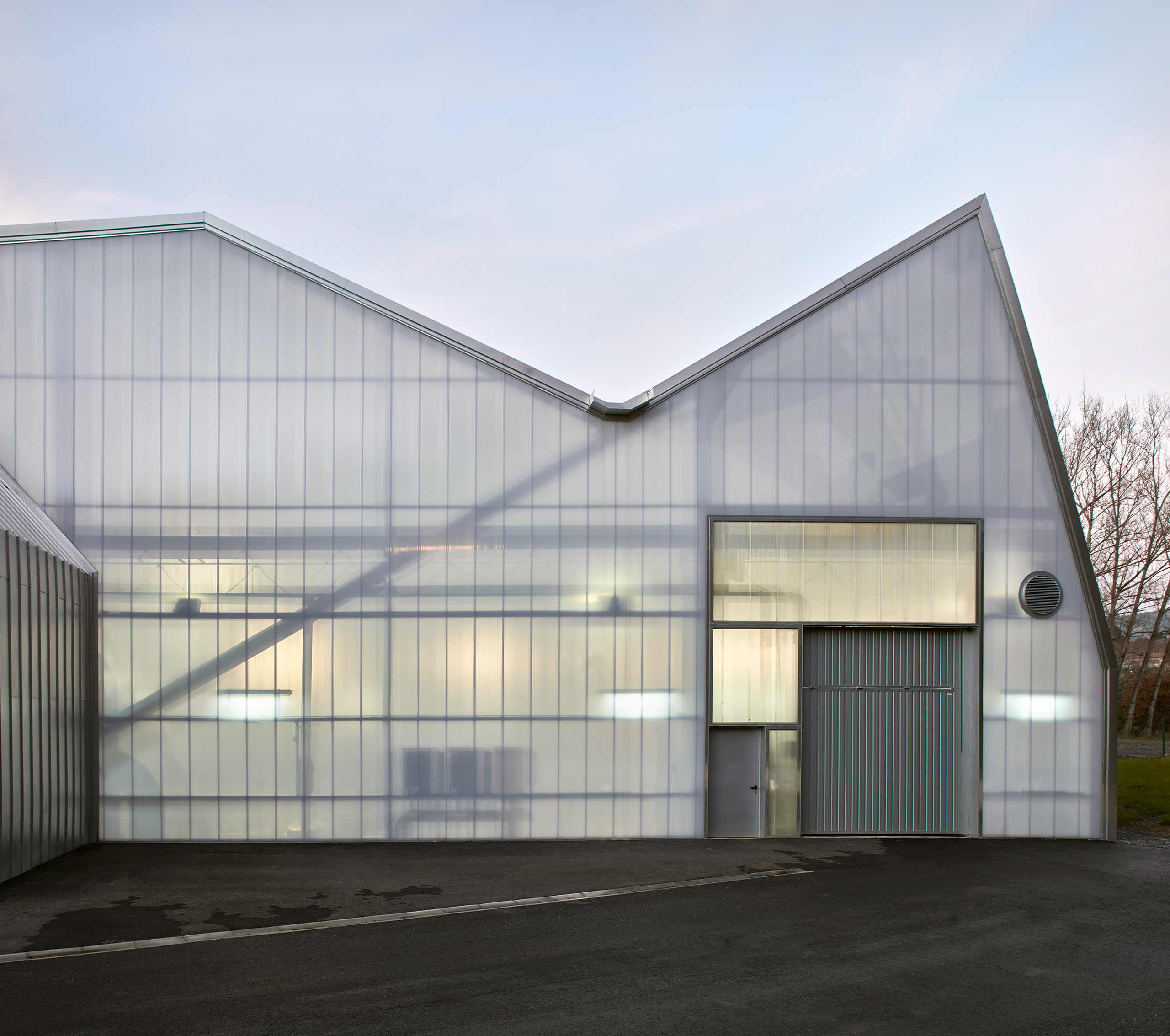
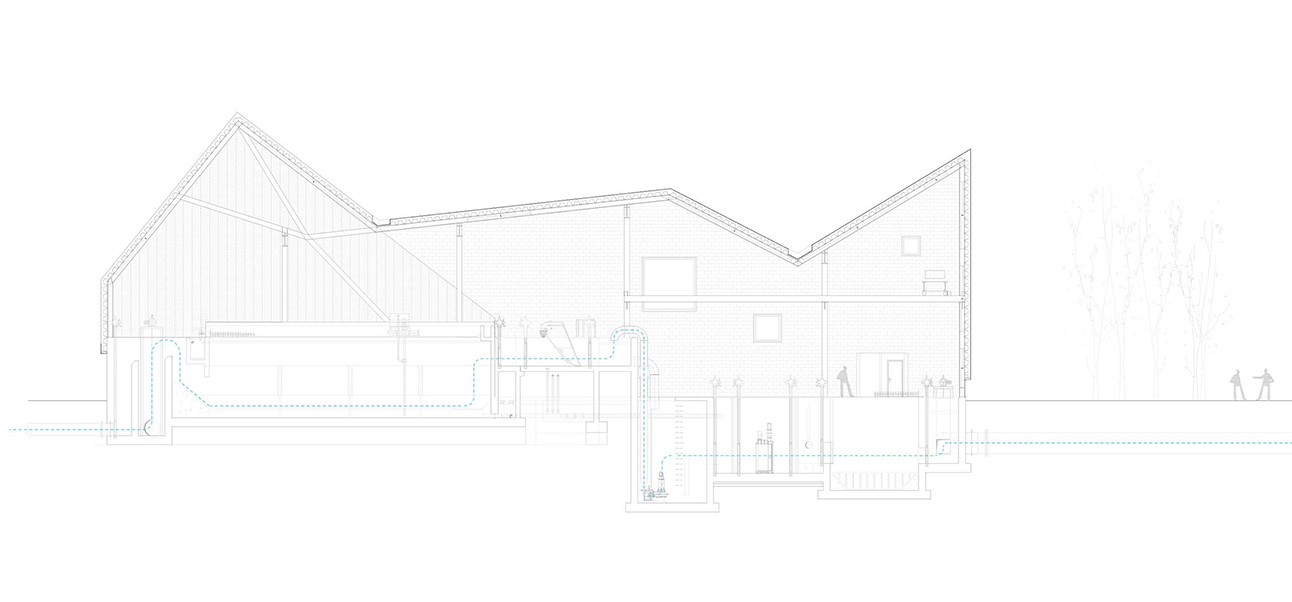
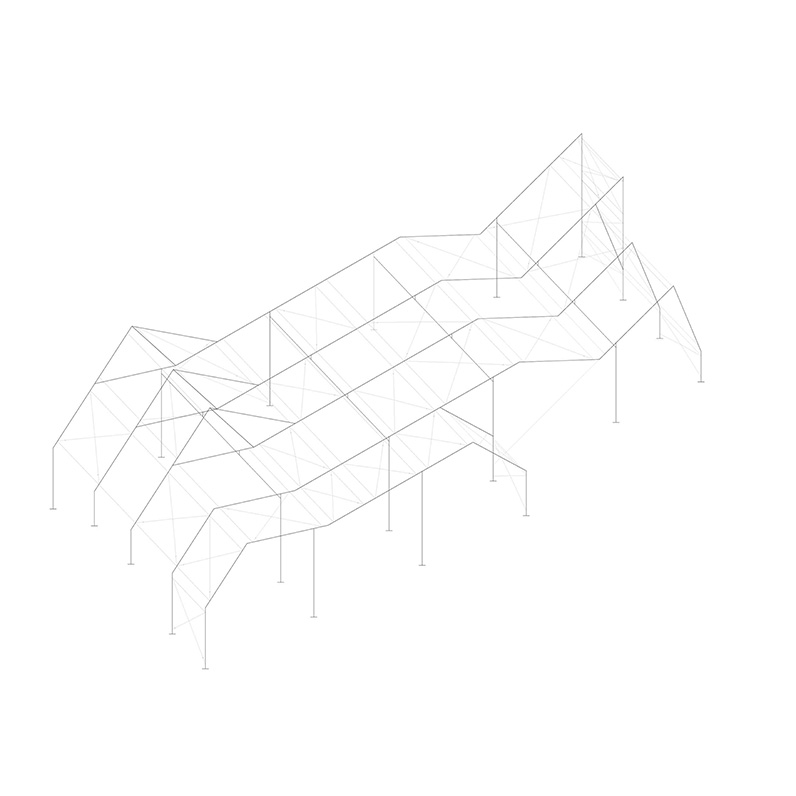
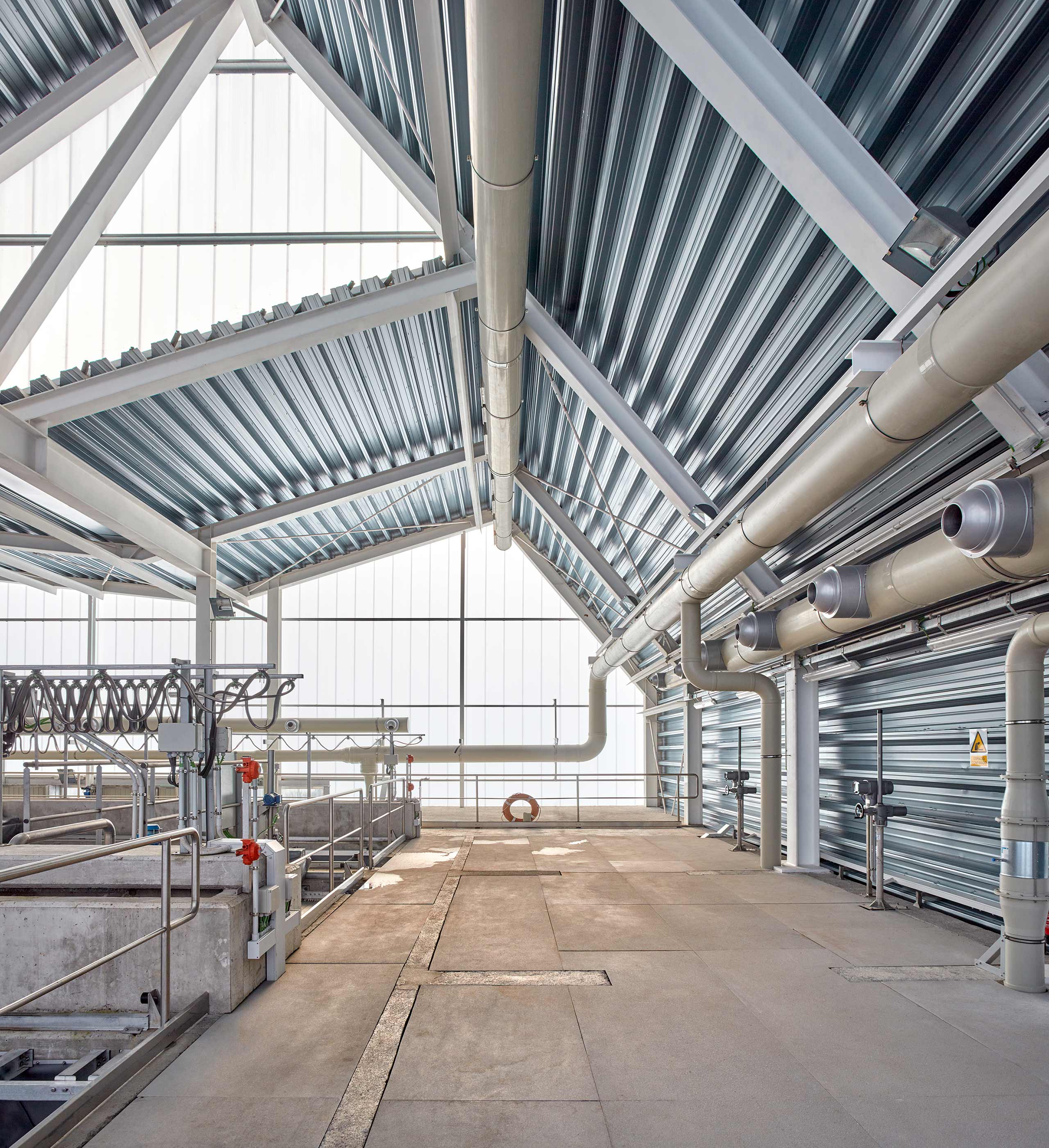
The broken silhouette of the proposal is related to those of the nearby village houses and the change of material in the fronts reduces its scale. The plastered concrete block and the translucent polycarbonate allow its integration and natural lighting.
The square holes of uncertain size due to their lack of detail, confuse the spectator about the true size of the main building.
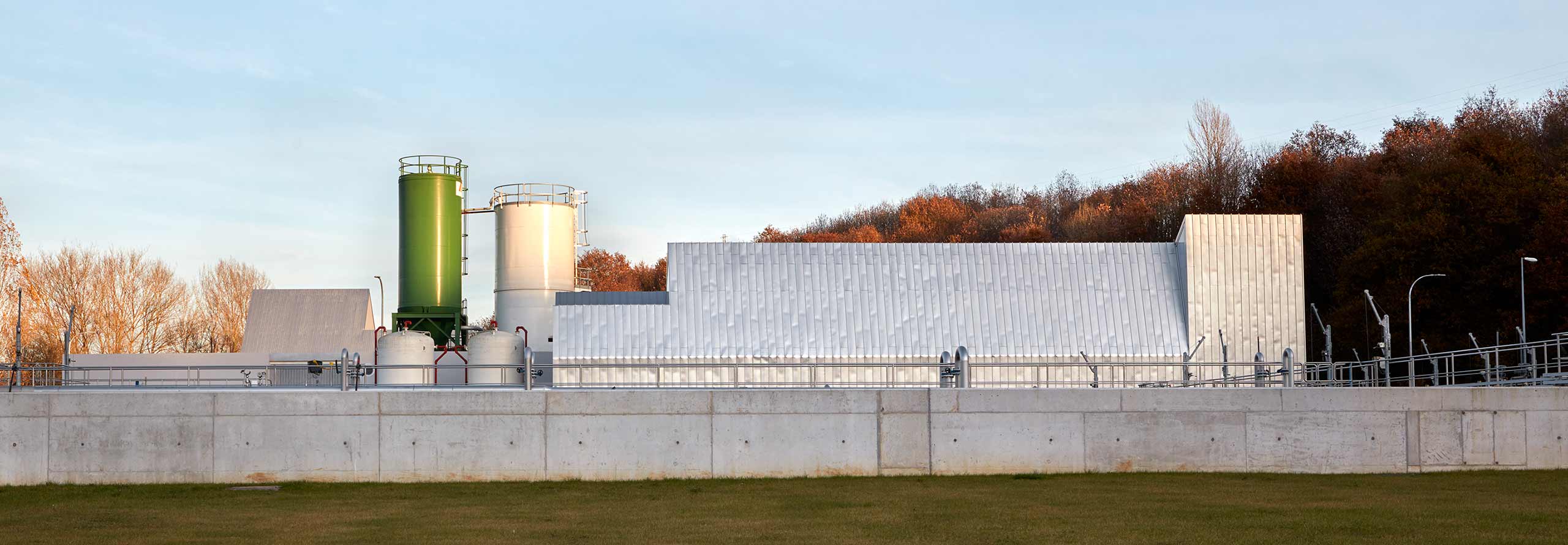
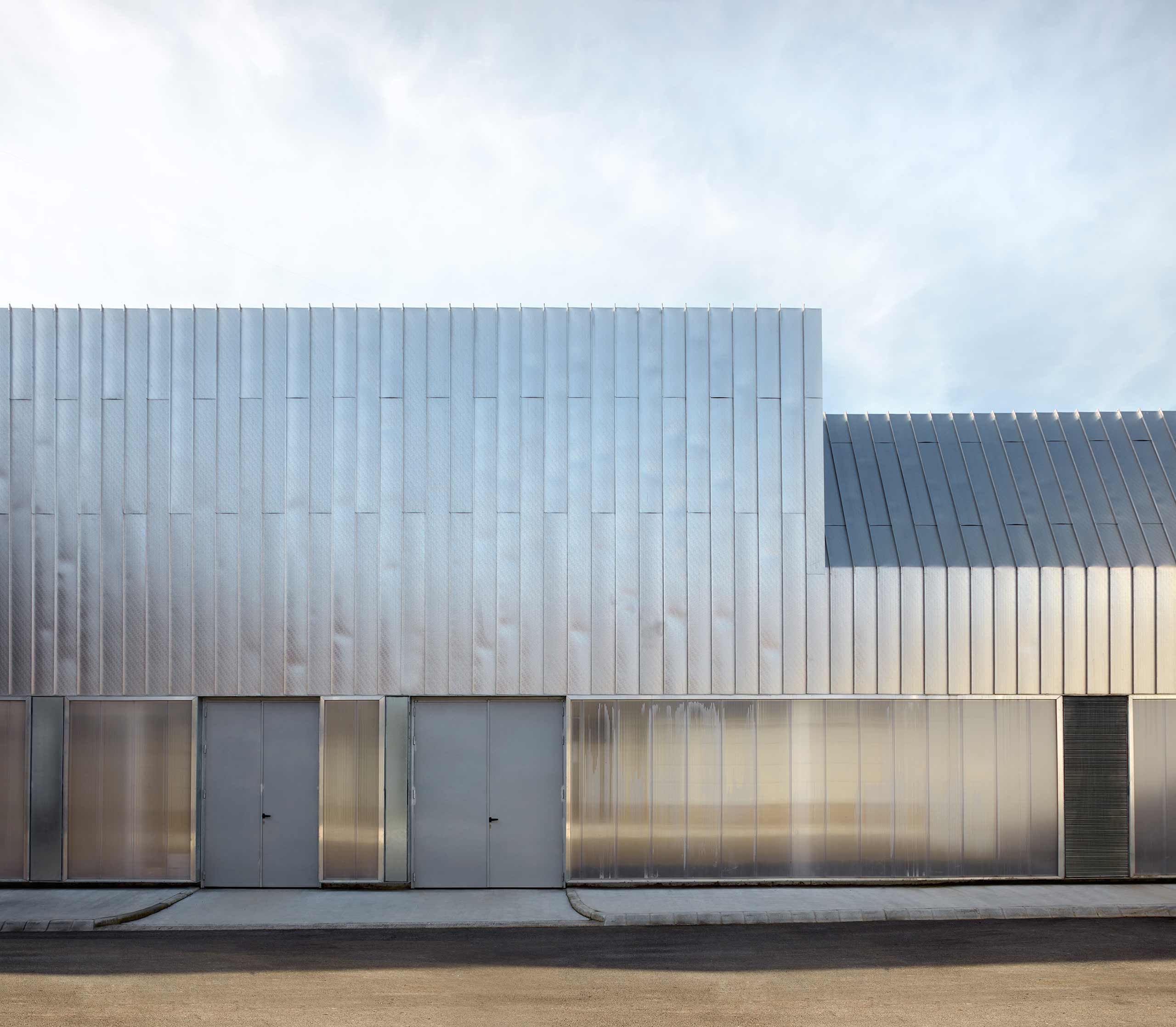
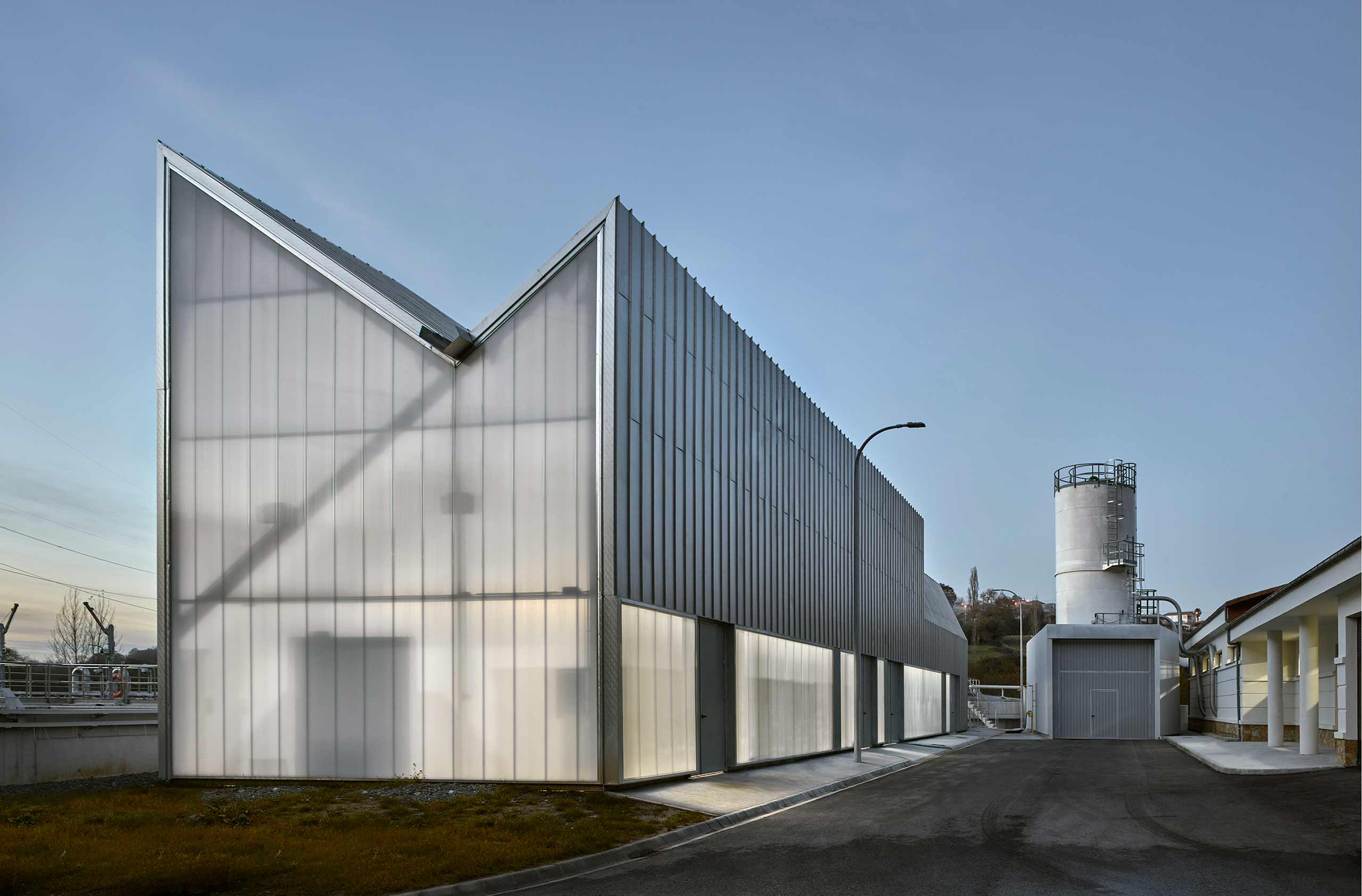

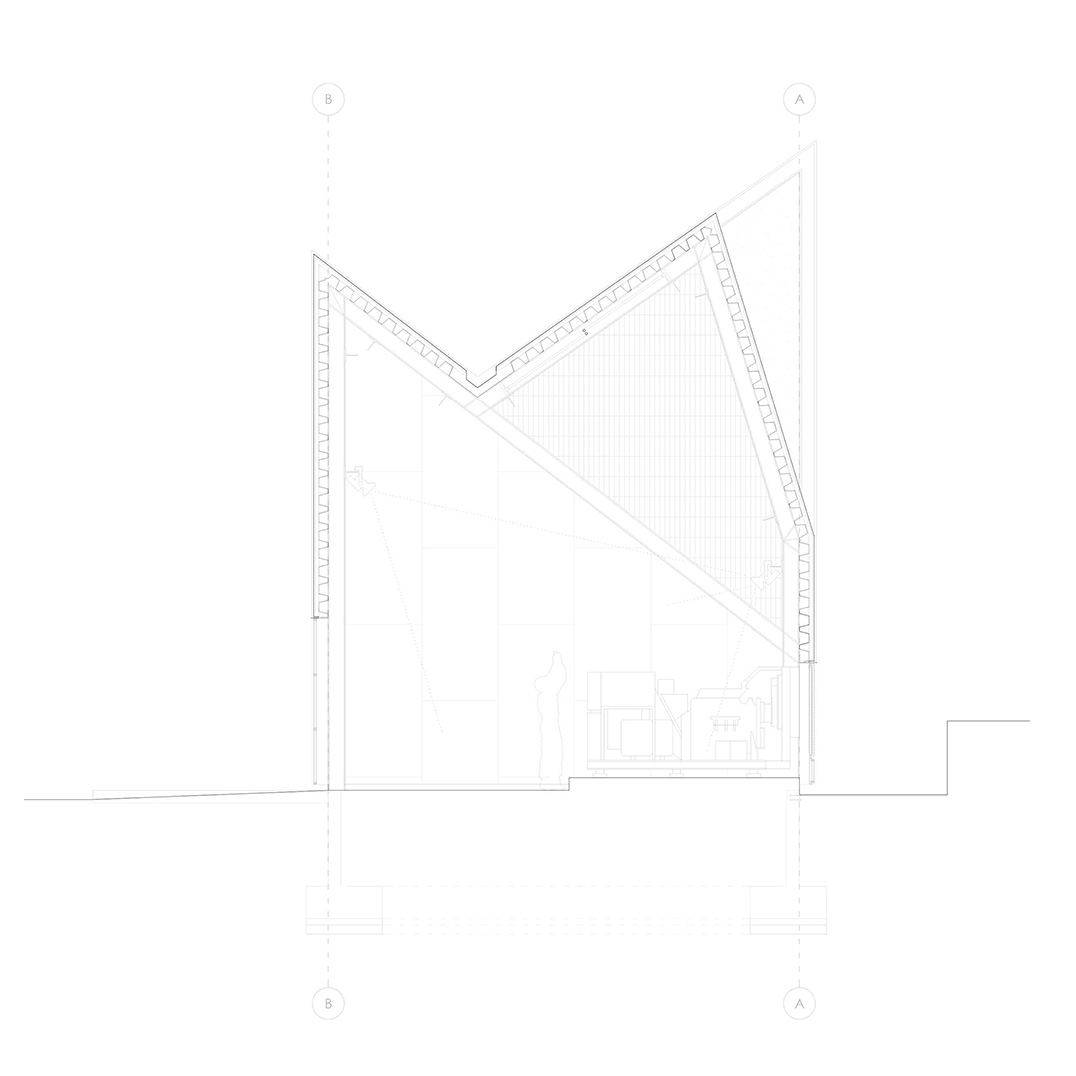
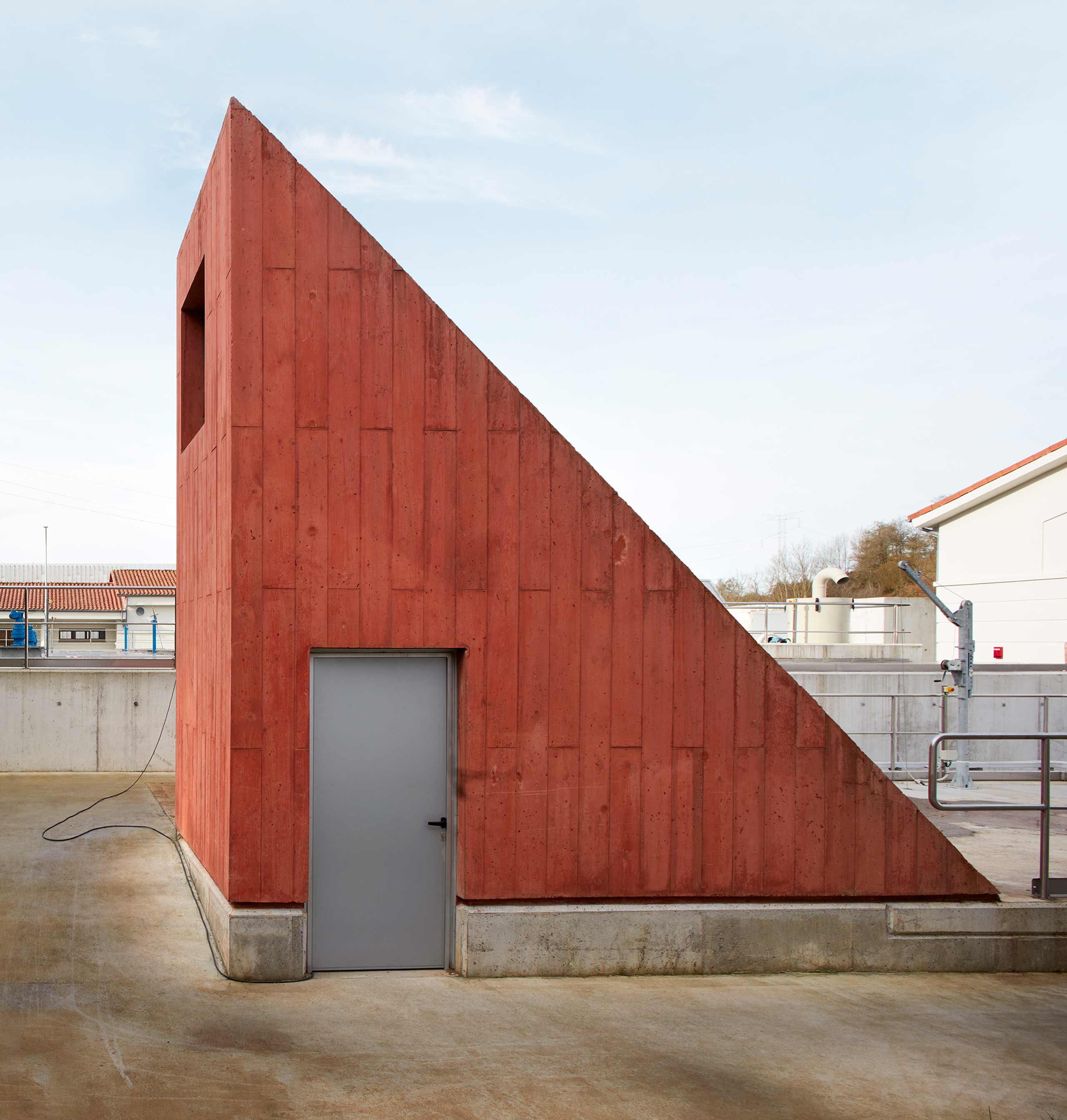
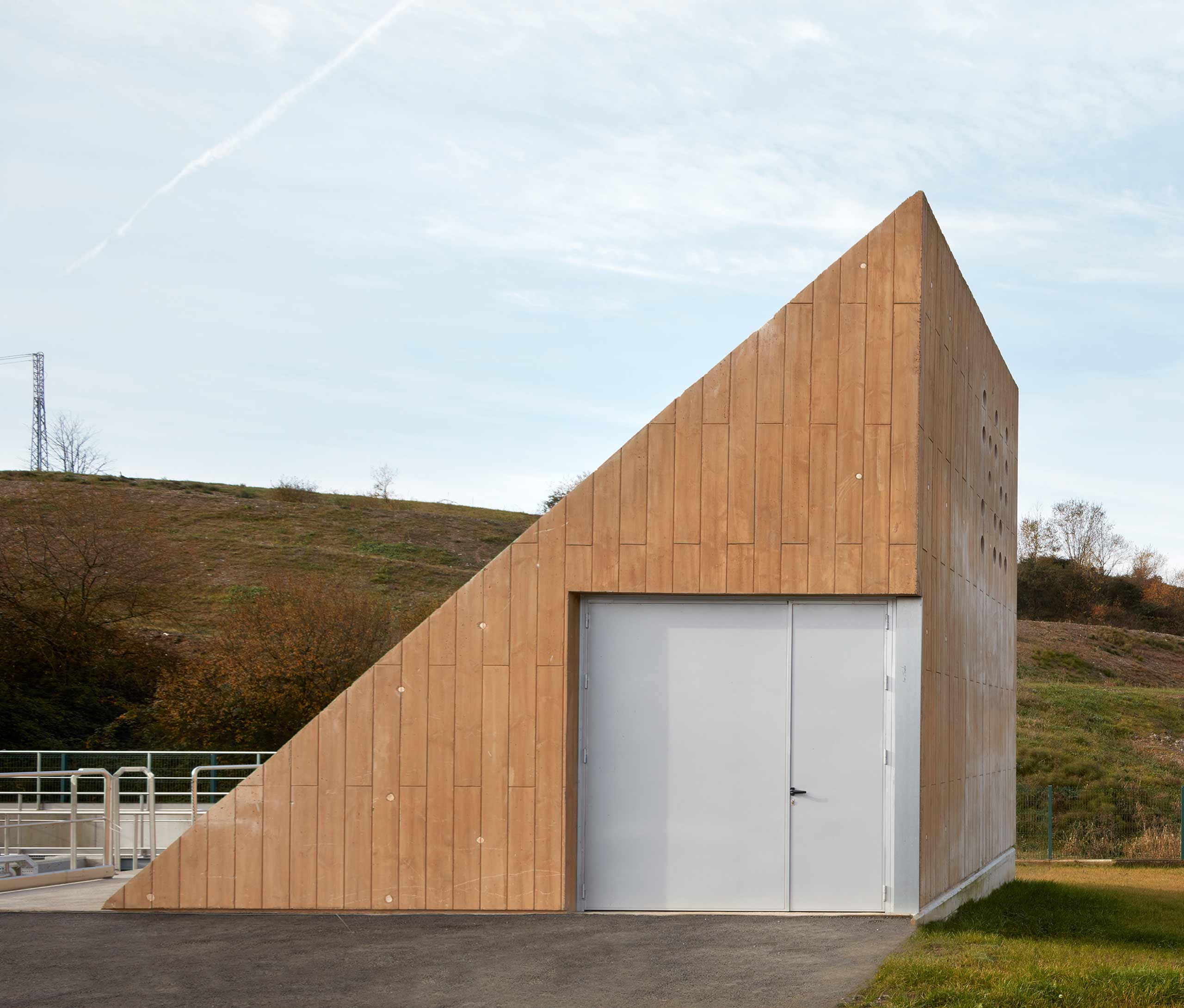
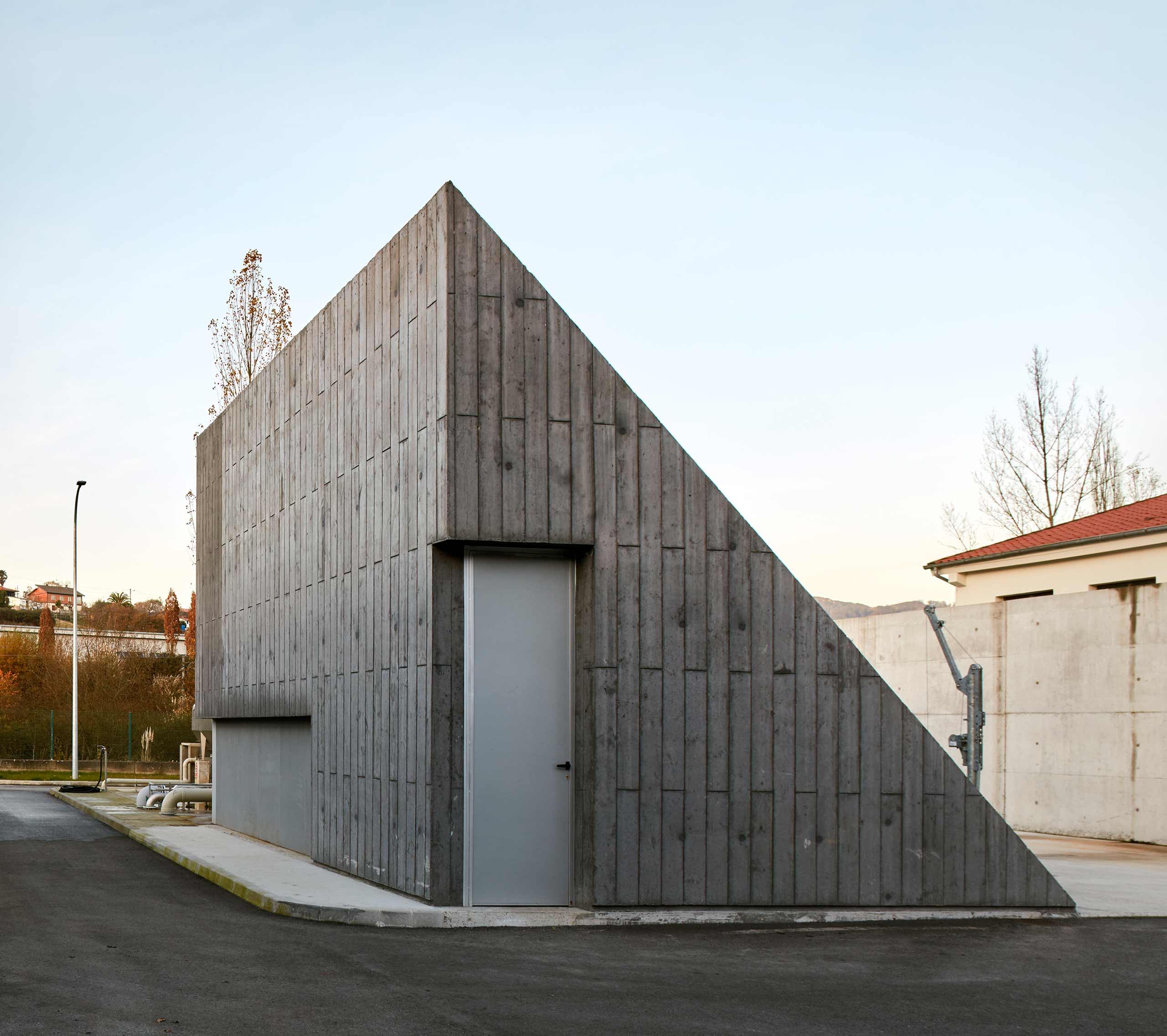
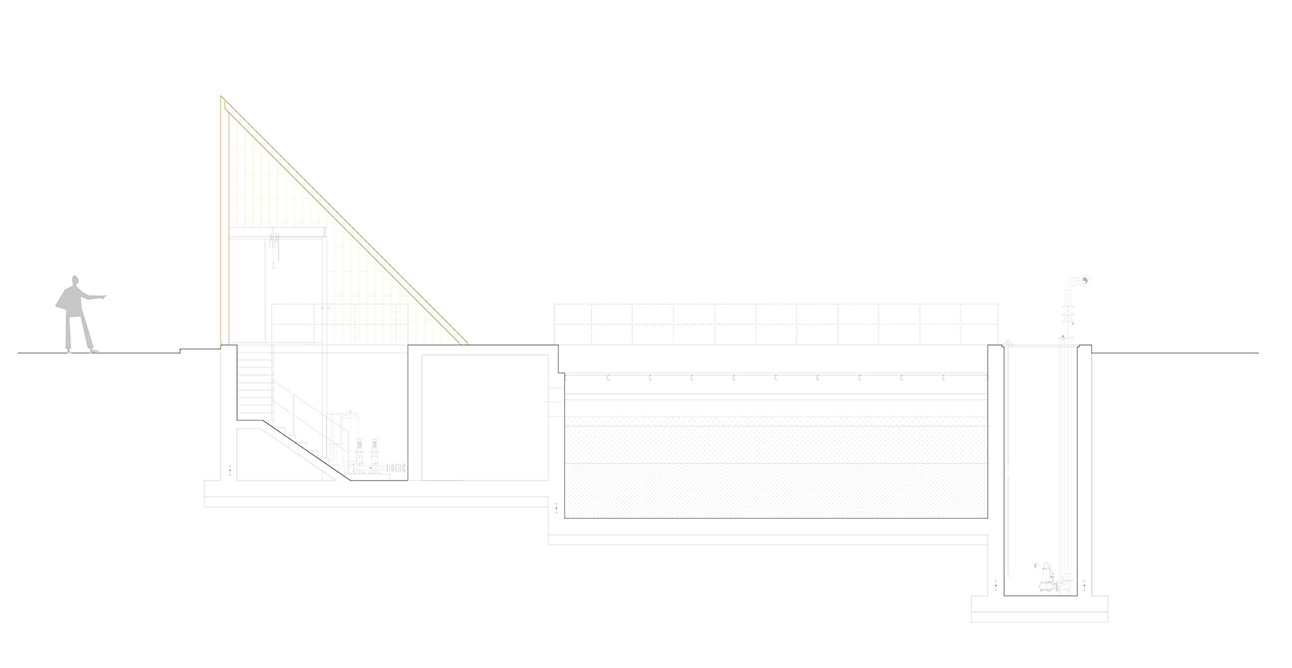
The whole results in a cocktail of different buildings forced to understand each other in a green and privileged rural environment.
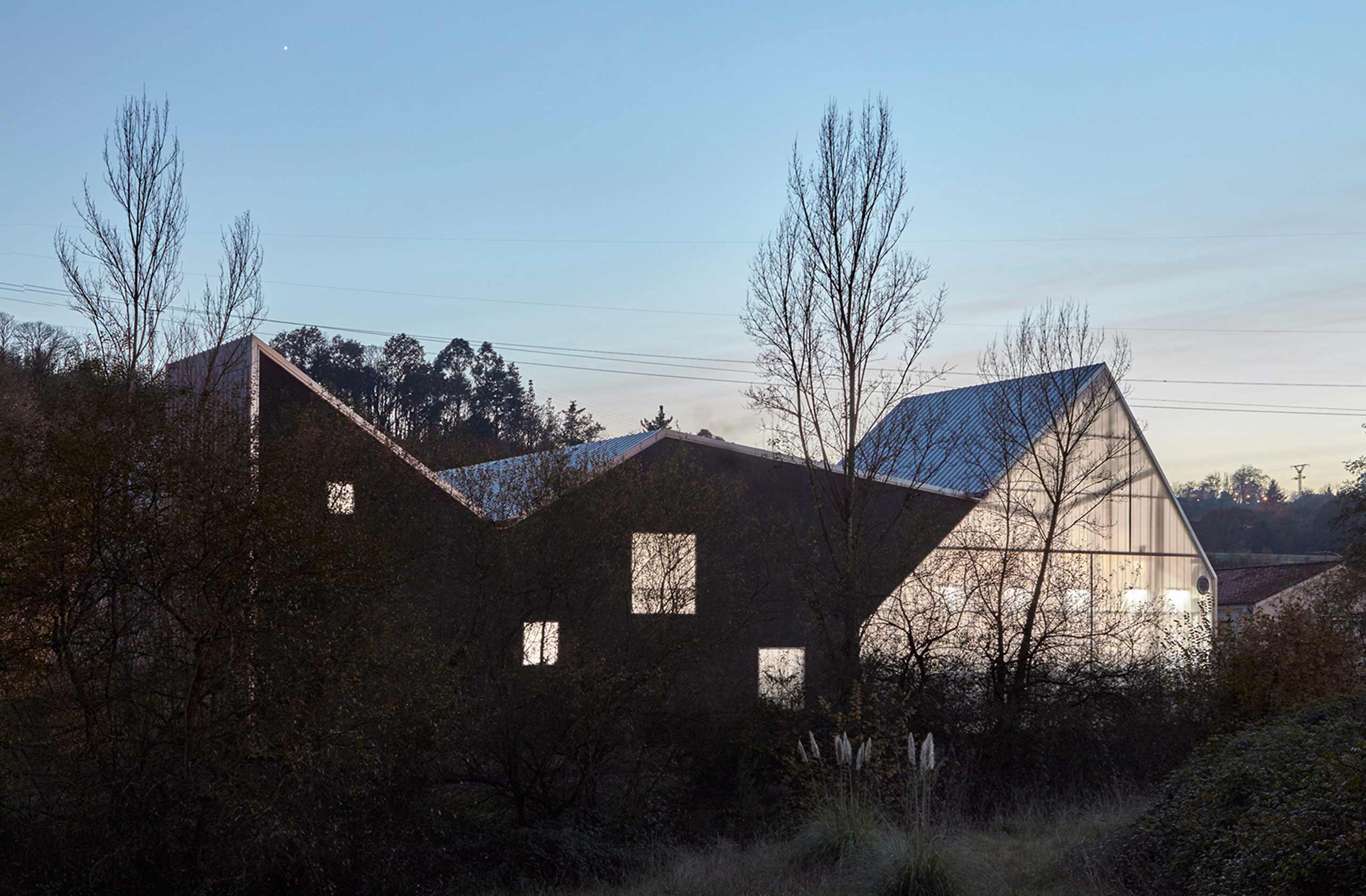
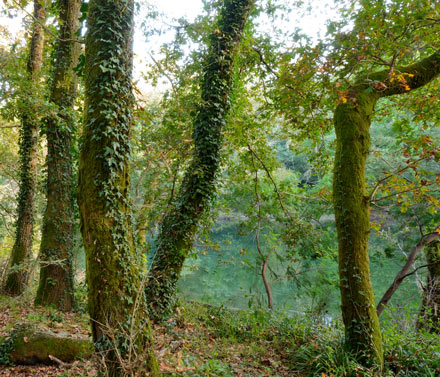
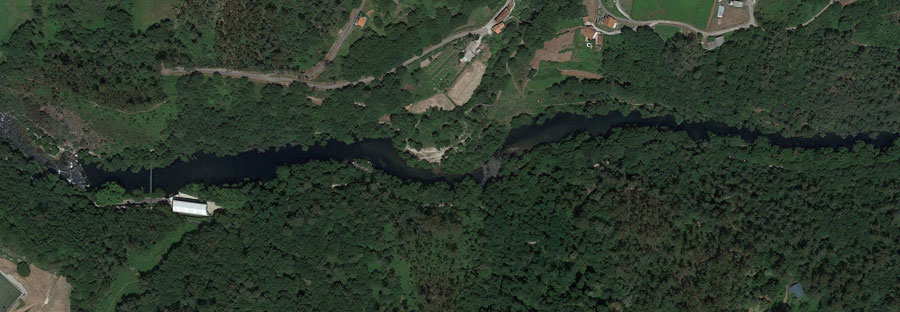
Monteporreiro is a natural place next to the river Lérez, few kilometers from the city of Pontevedra. In this place, there is a catchment and pumping of water from the river for urban supply.
The increase in population to be supplied necessitates the expansion of capacity of the aforementioned collection and pumping station, maintaining its position along the river. The increase in capacity is achieved by means of new pumps whose height in both use (lowering) and maintenance (high) must be covered by the new building, which determines the minimum height of the same. This is the first condition of the project.
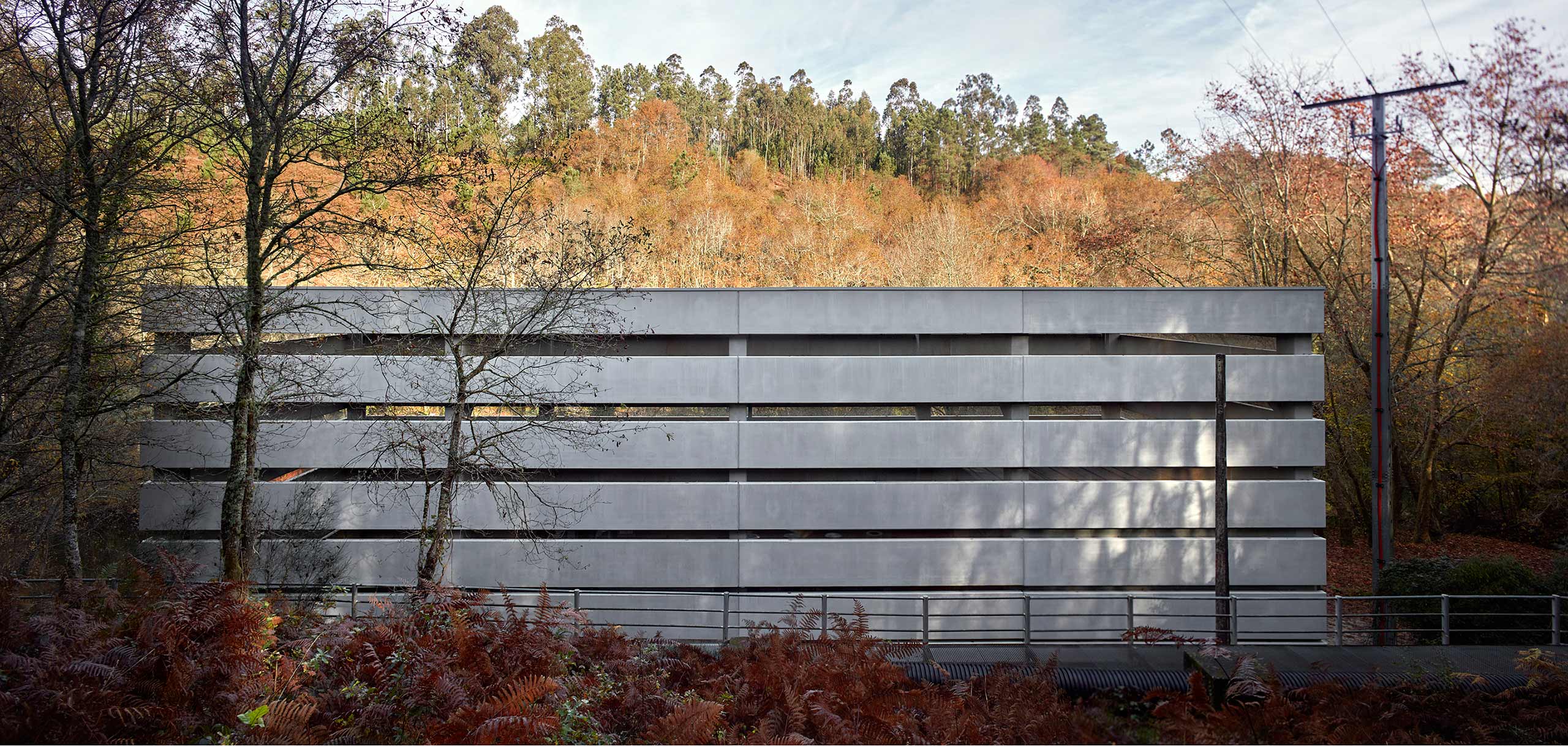

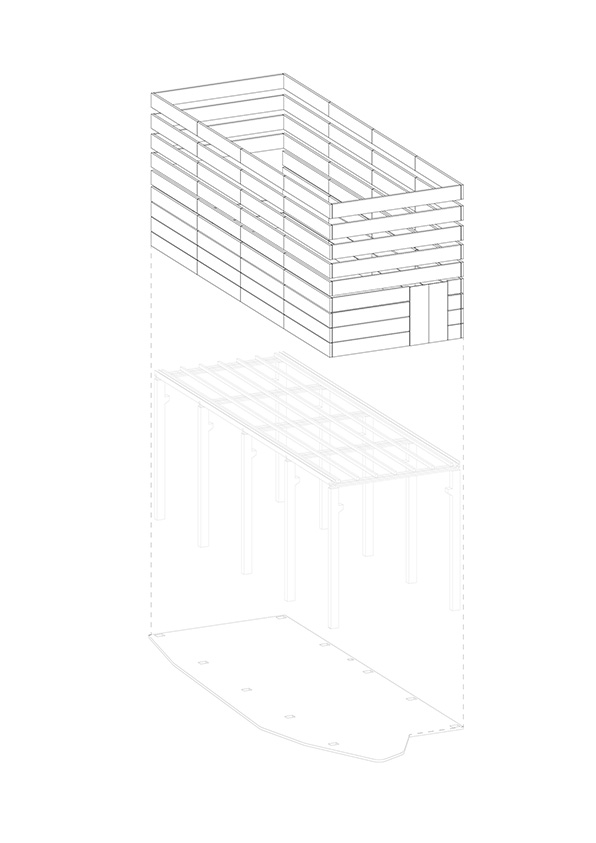
The second condition is the need to ensure a minimum ventilation surface to the interior to ensure the salubrity of the jobs that are developed.
The third condition is that the construction has to be done with precast concrete up to 120cm high.
The project poses a simple solution to the three conditions: prefabricated units reach the minimum height necessary for the operation and maintenance of the pumps and are gradually separated from each other until the necessary ventilation surface is reached, as well as the “gravity” of the final volume. Two metal fronts, like gates, complete the needs of the program.
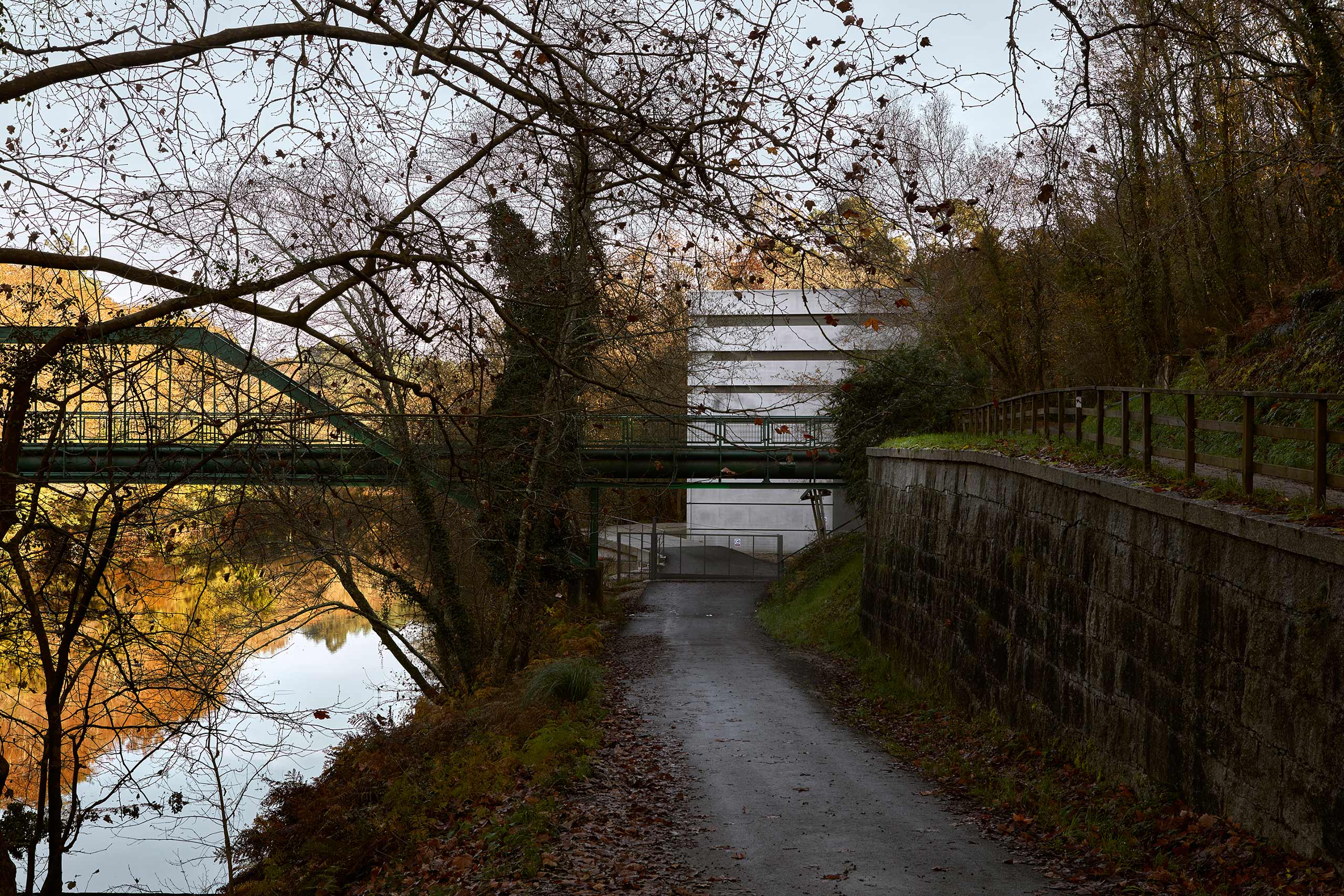
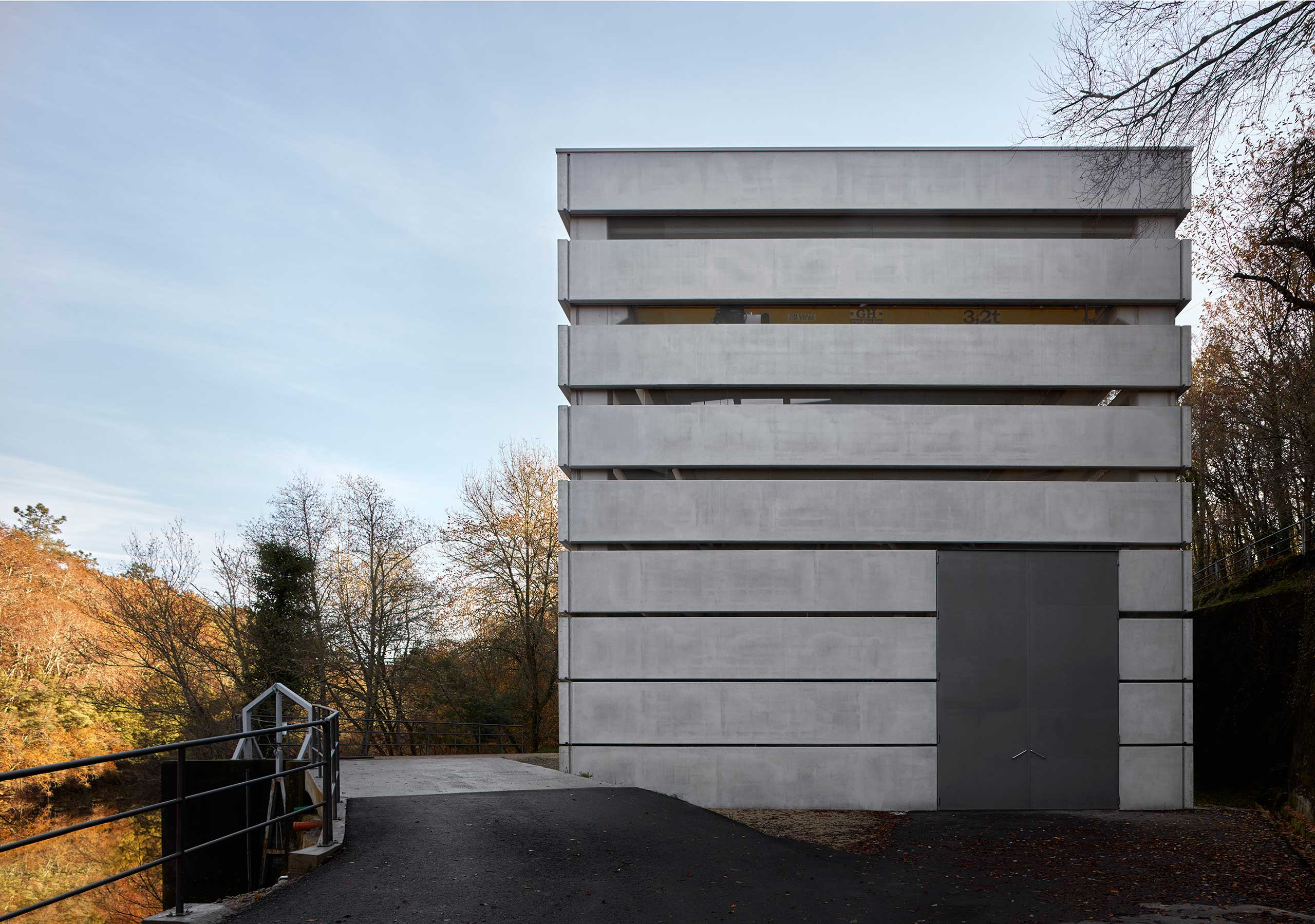
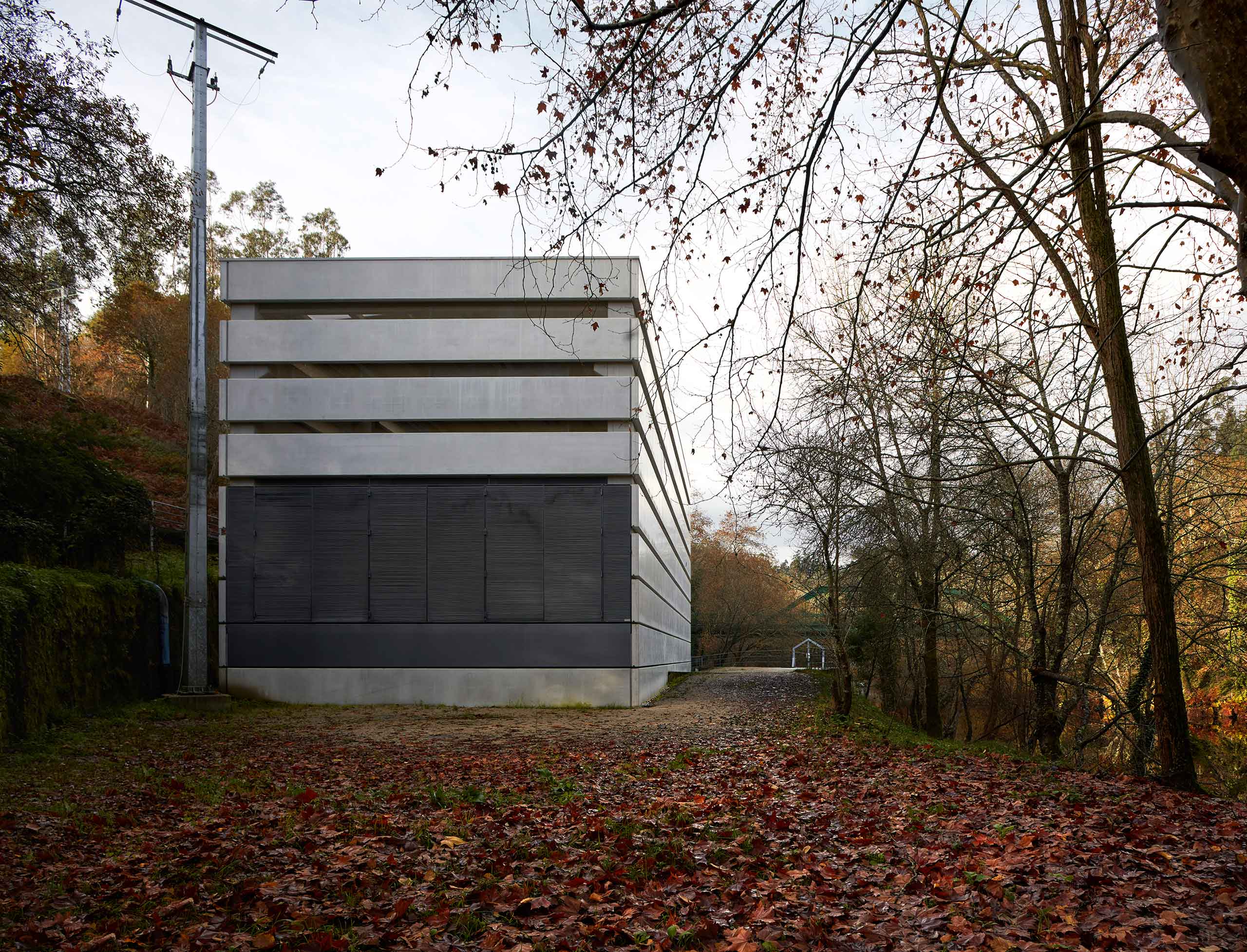

It is thus formalized as a large abstract element that is only related to the light metallic bridge in the vicinity; unique elements built in the leafy and thick vegetation on the banks of the river.
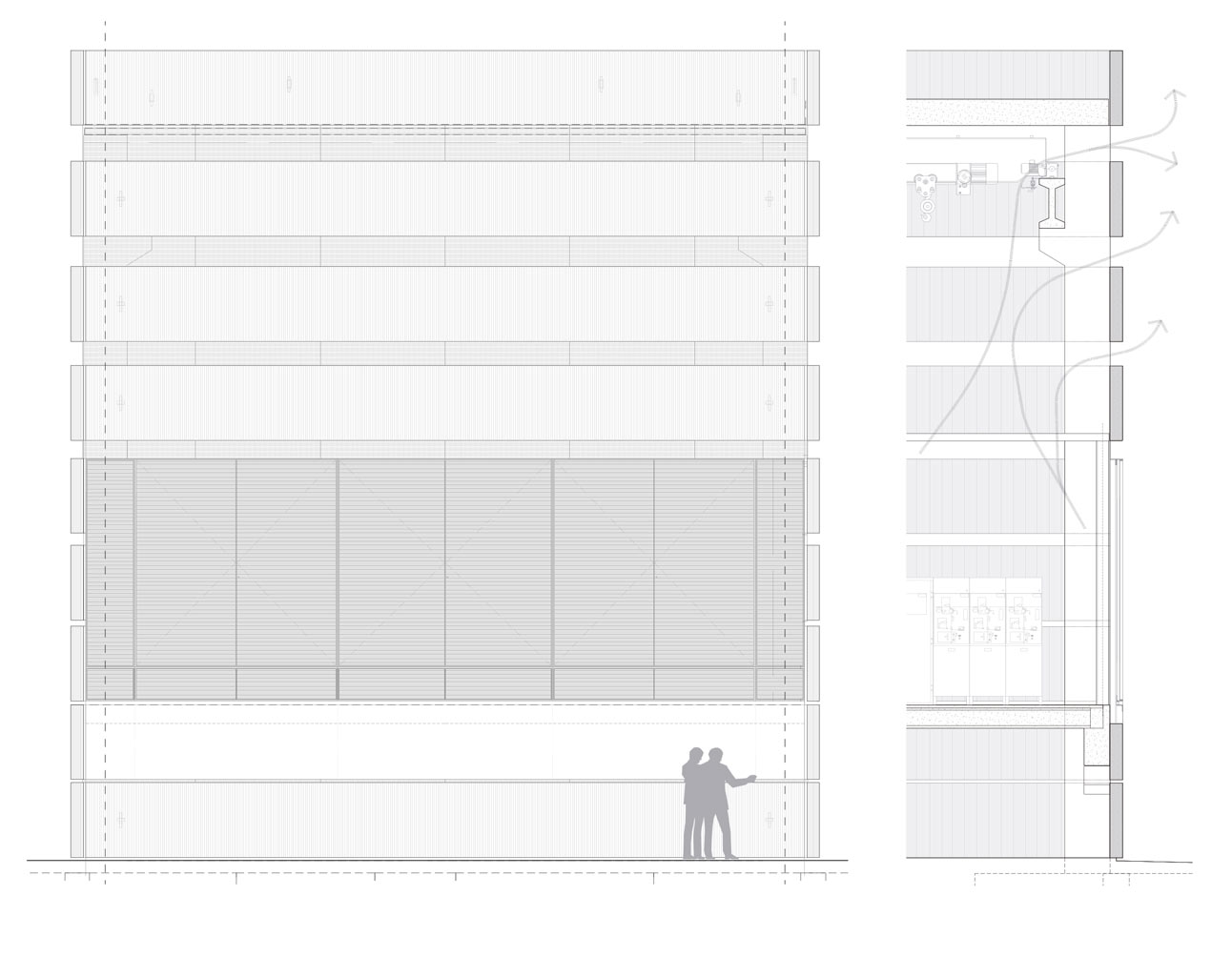
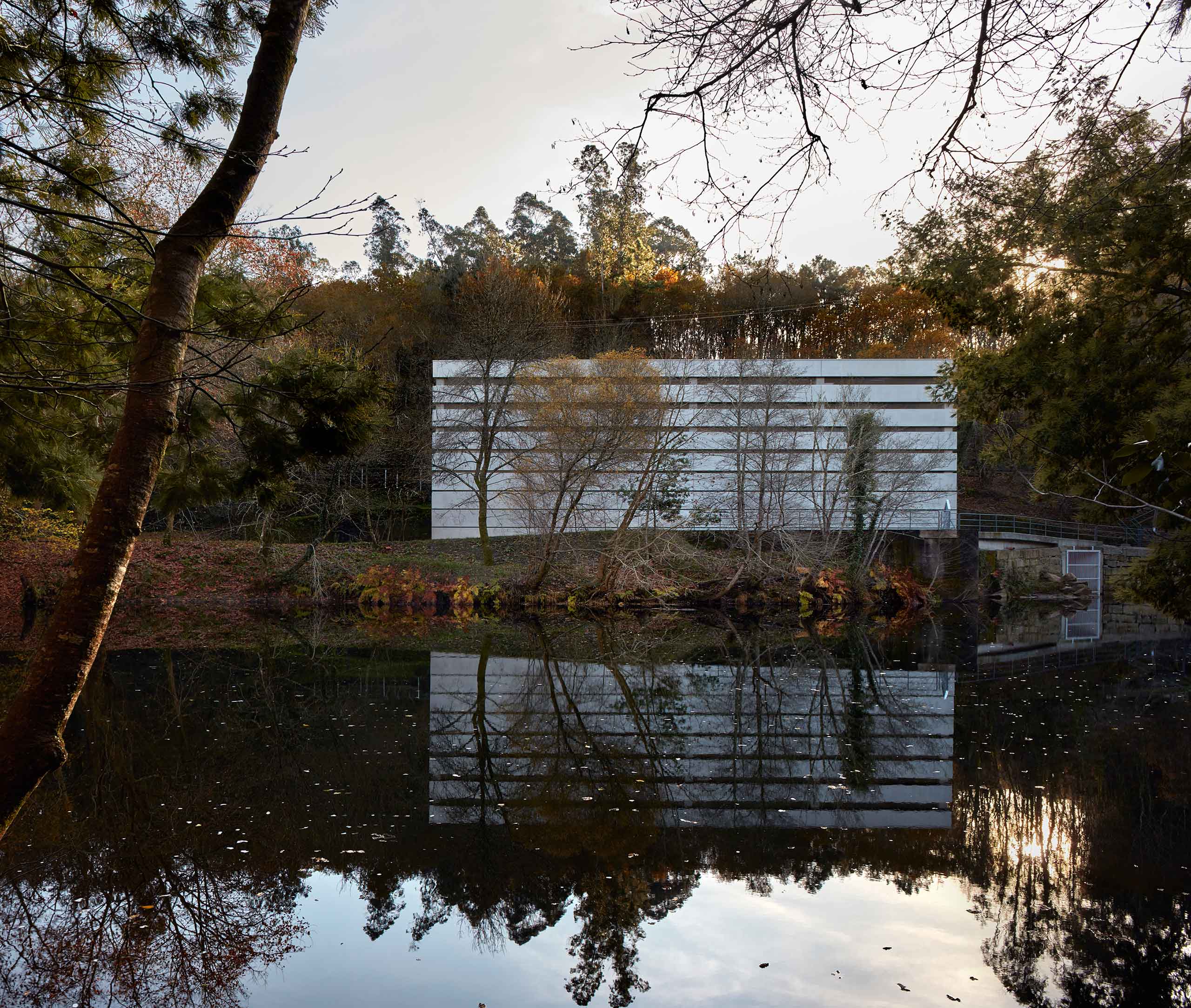
The small volume of the valve chamber of a water catchment area is determined by technical needs;it is about studying its outdoor envelope. This prism is located between two cylindrical tanks; the first one is already built, but it will take 25 years to need the second one. Asuming the long term situation two asymetric dihedral are proposed.
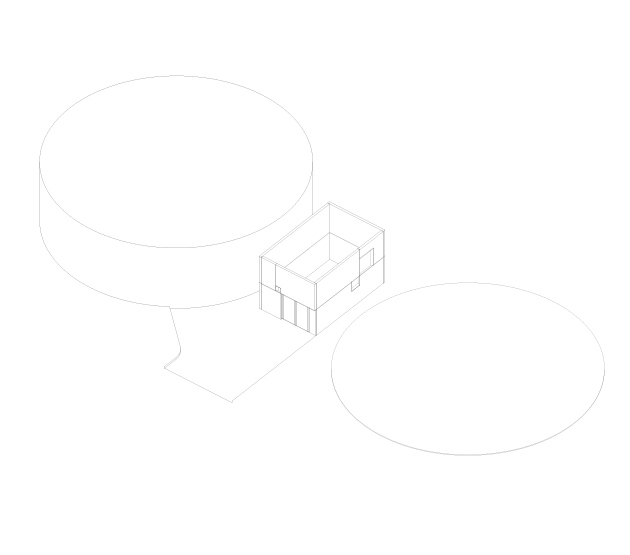
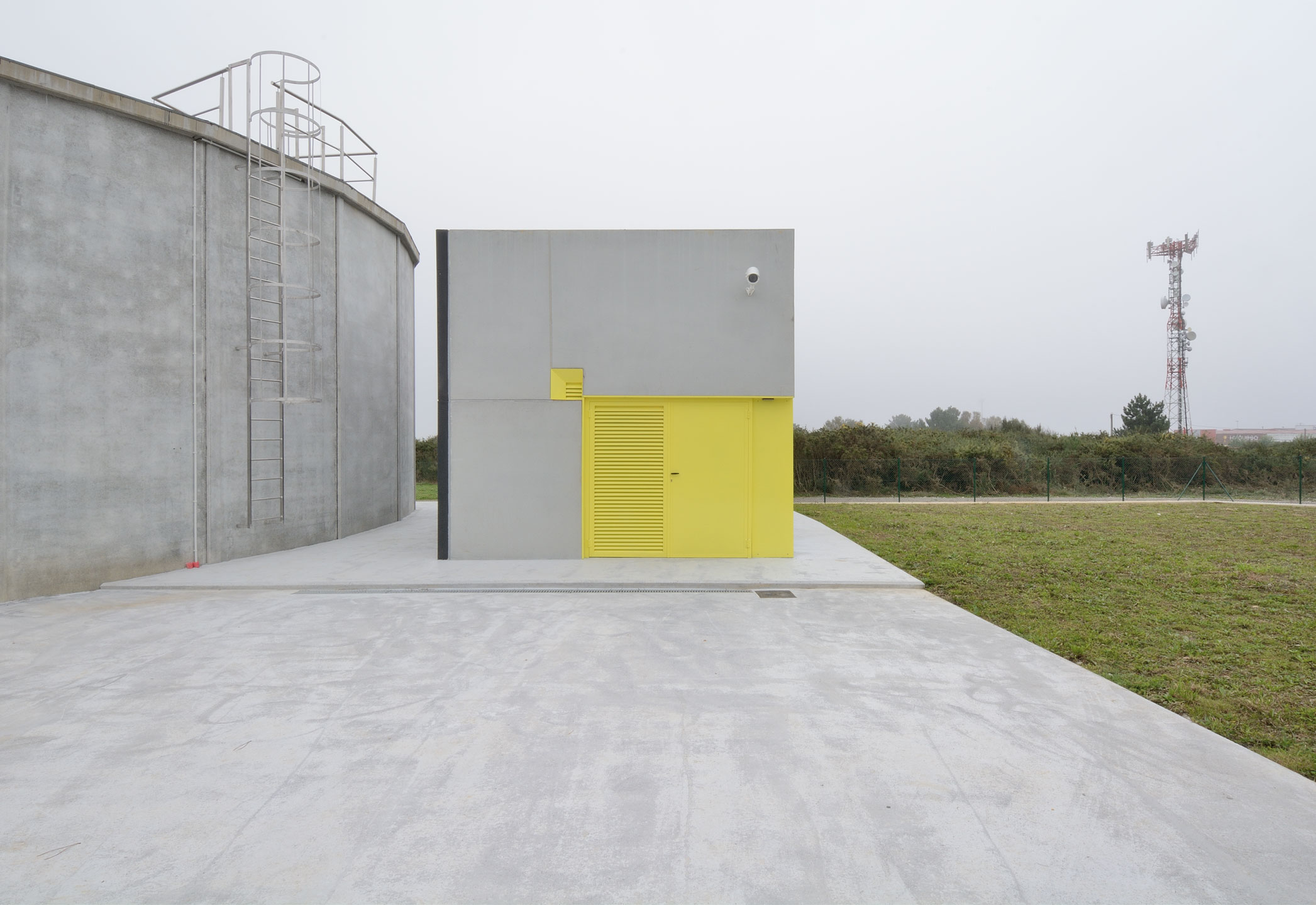
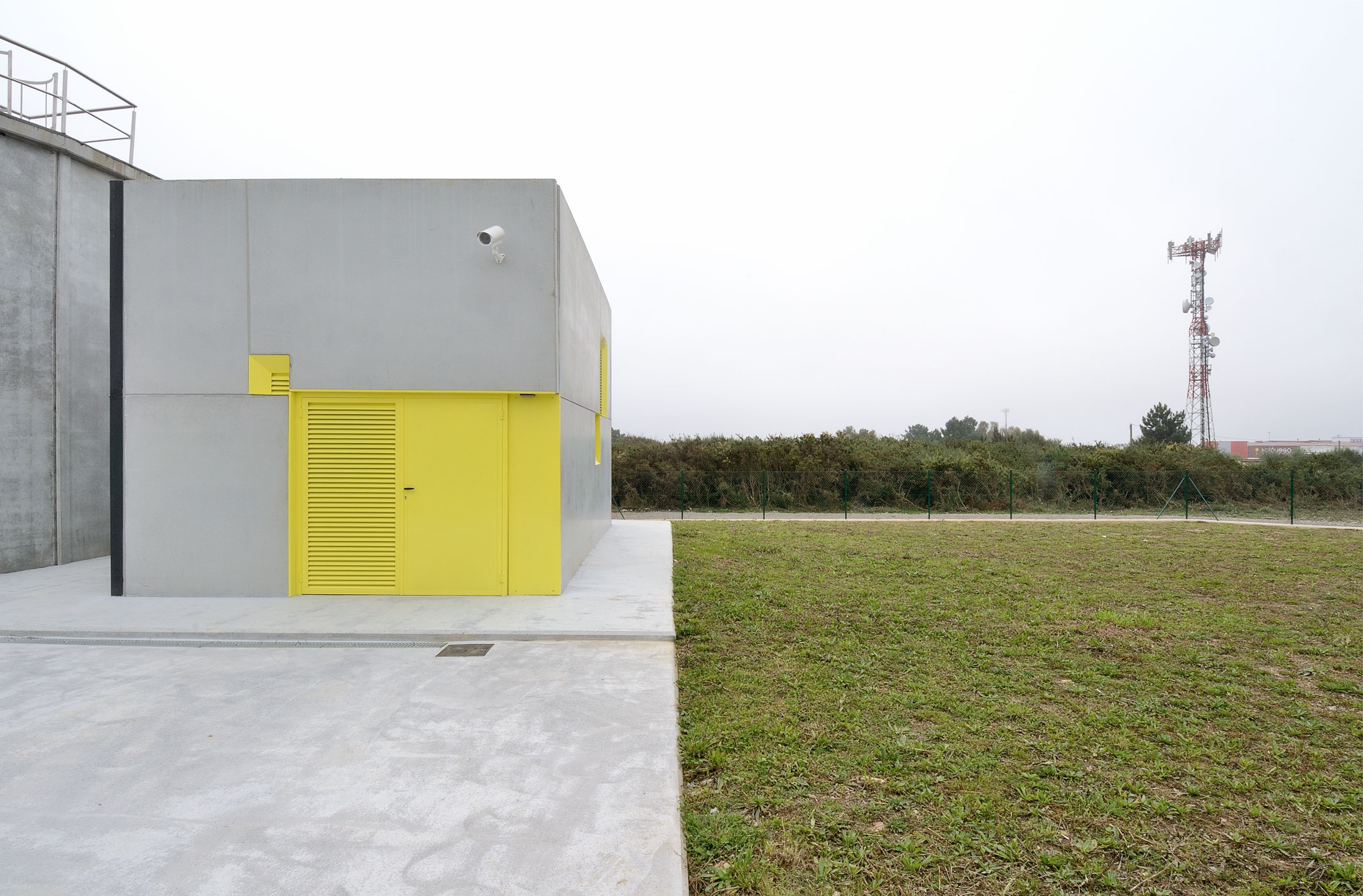
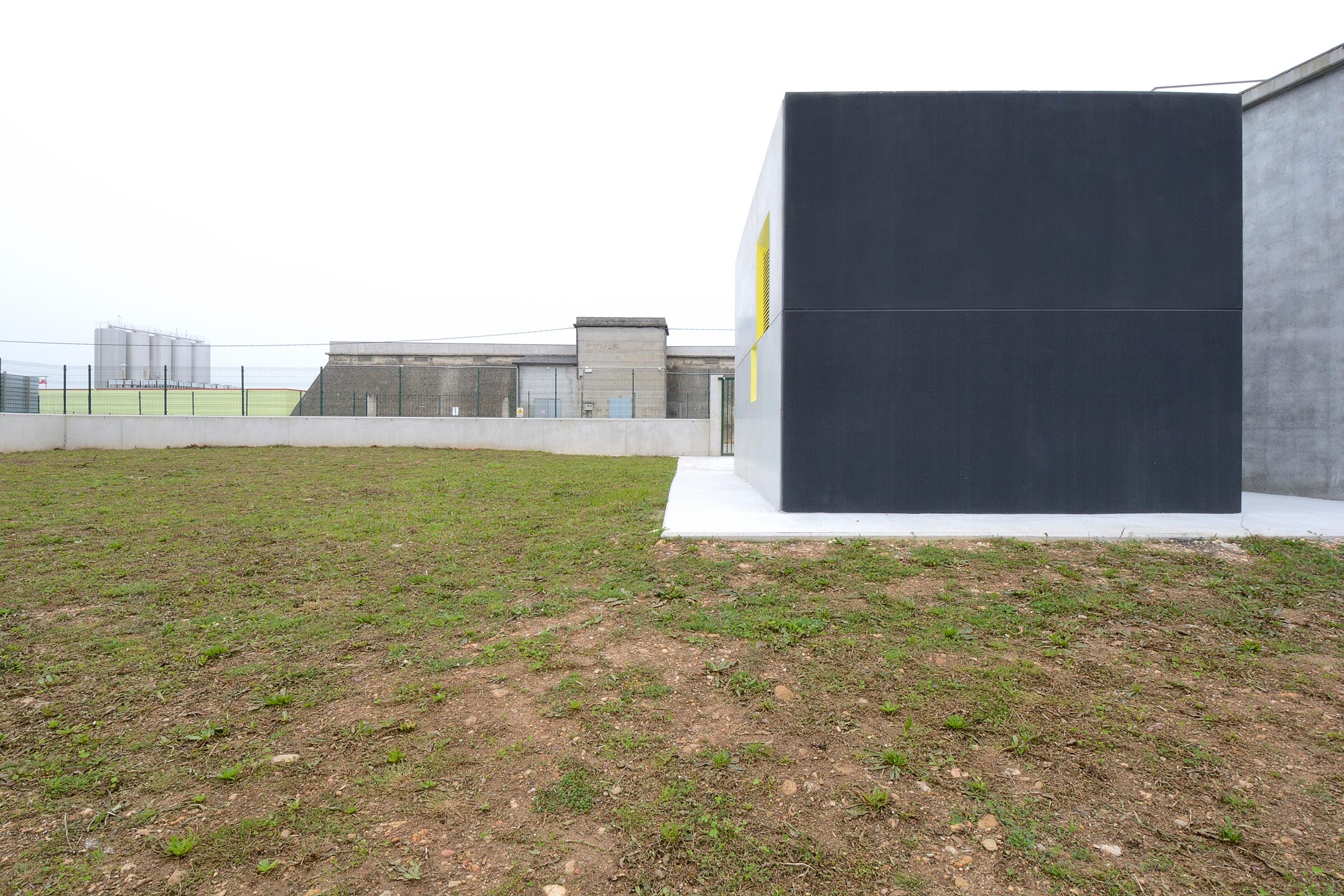
Drinking Water Treatment Station | ETAP Orense consists of several buildings with different volume and organization derived from water treatment process that must be an invariant in the project.
With this starting point, the role of the job is to study and propose the corresponding envelopes also preset materials and the holes needed for pre-configured volumes.
The goal is to achieve the scale, proportion and desired color balance in each building
